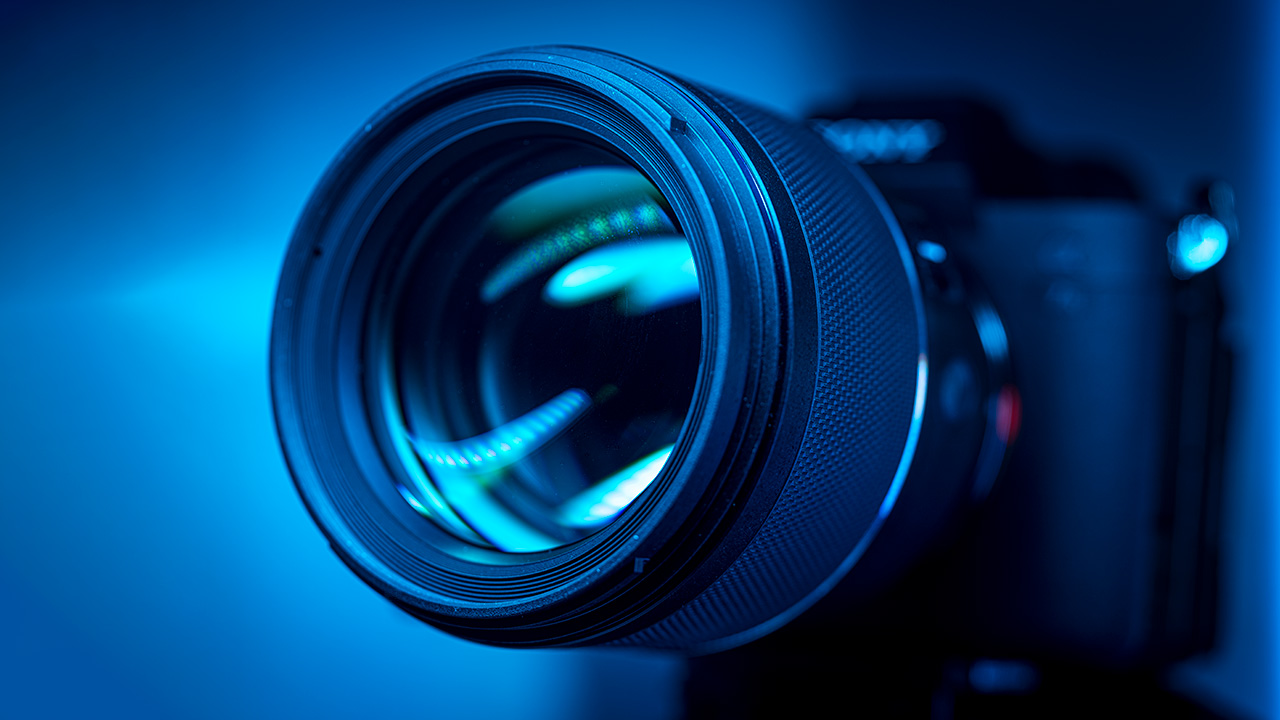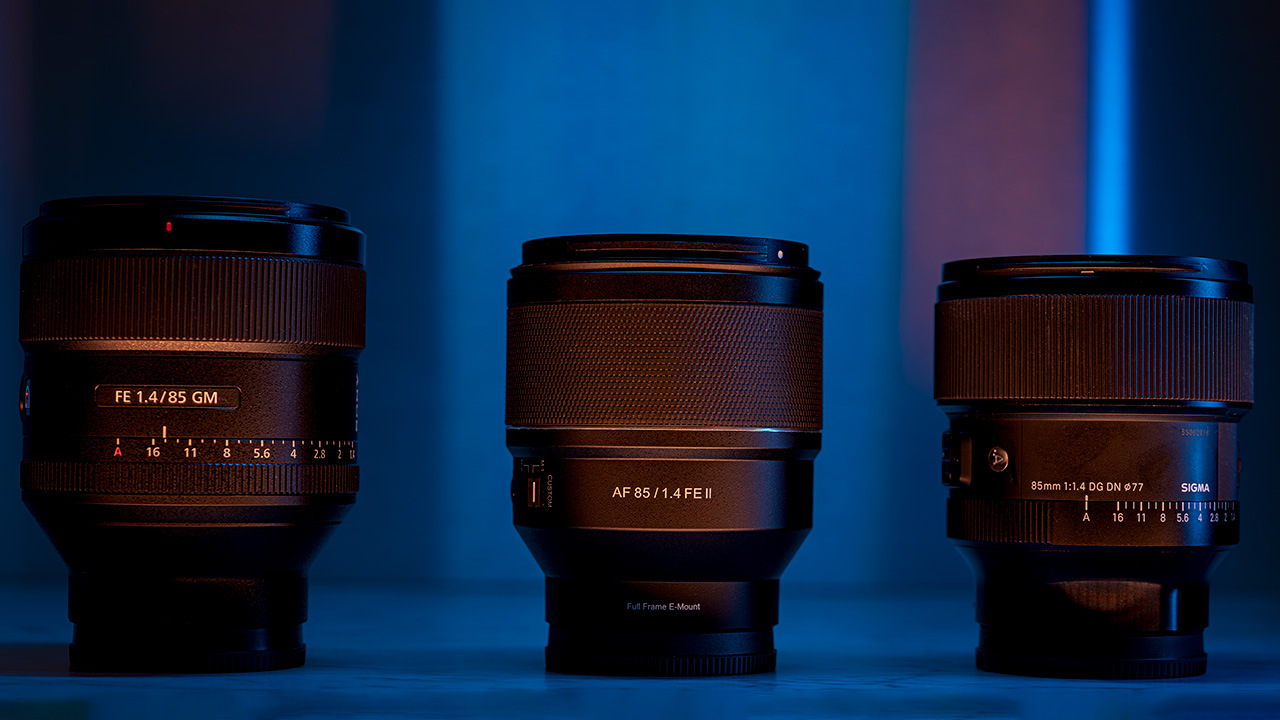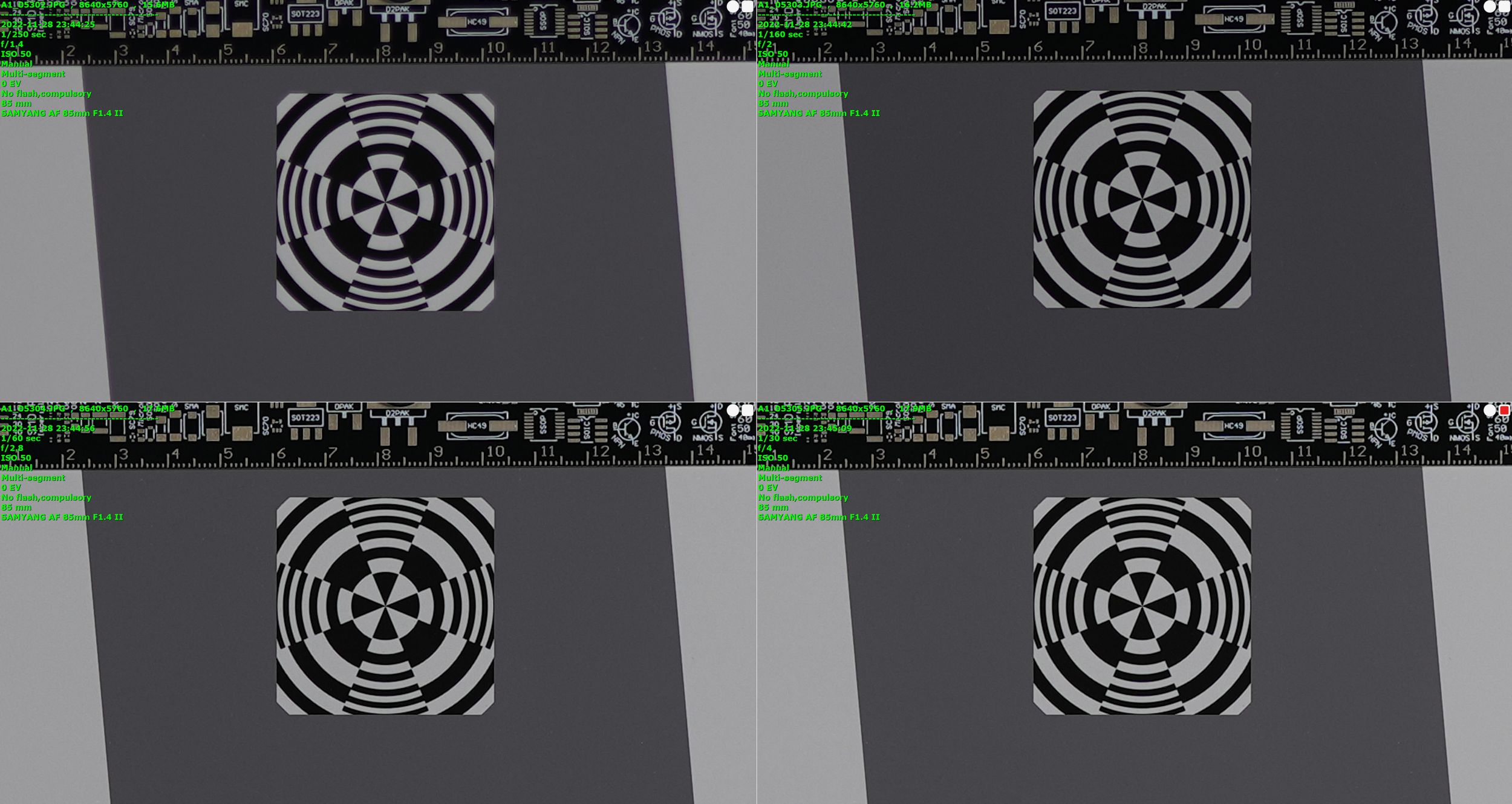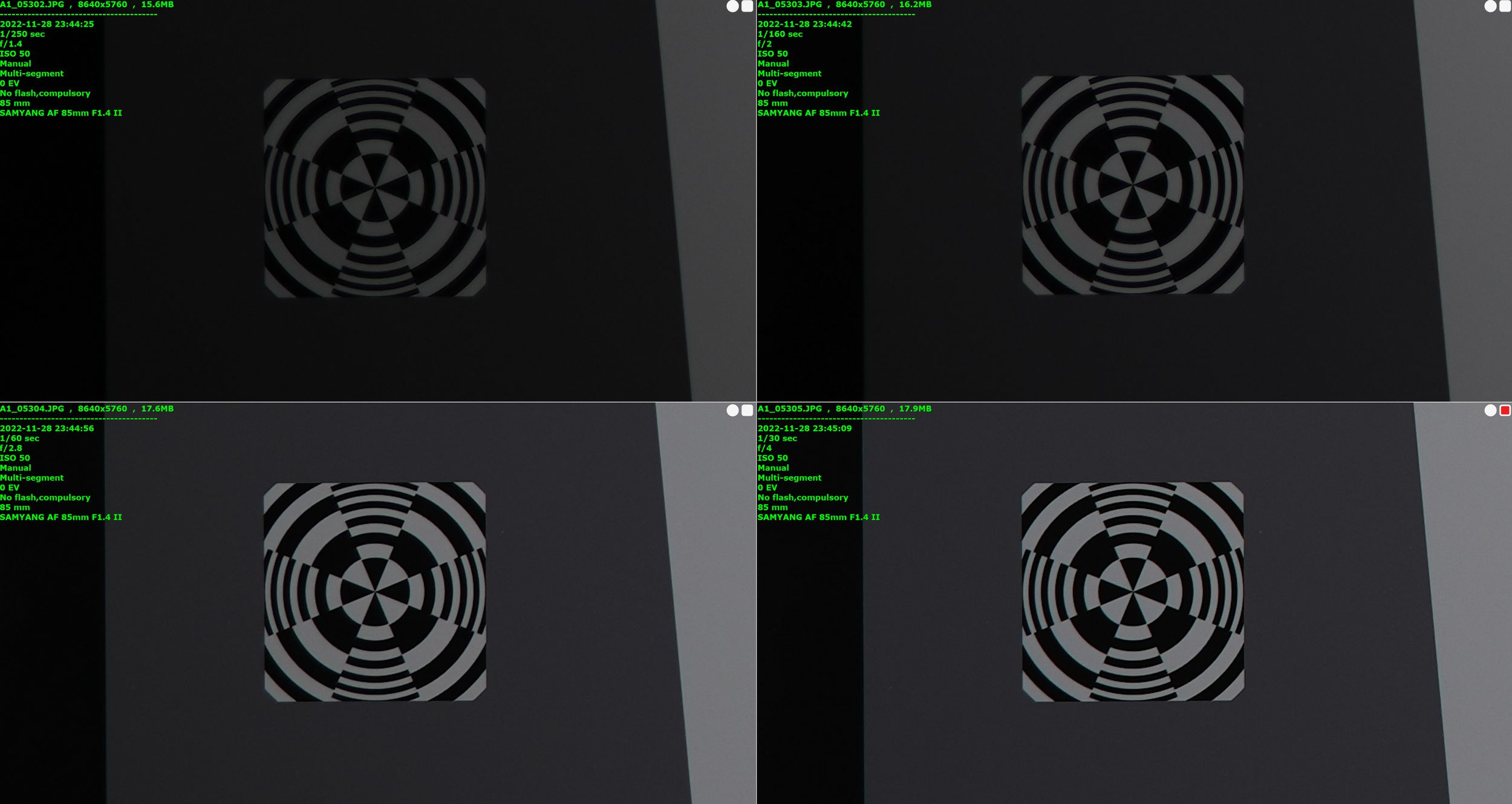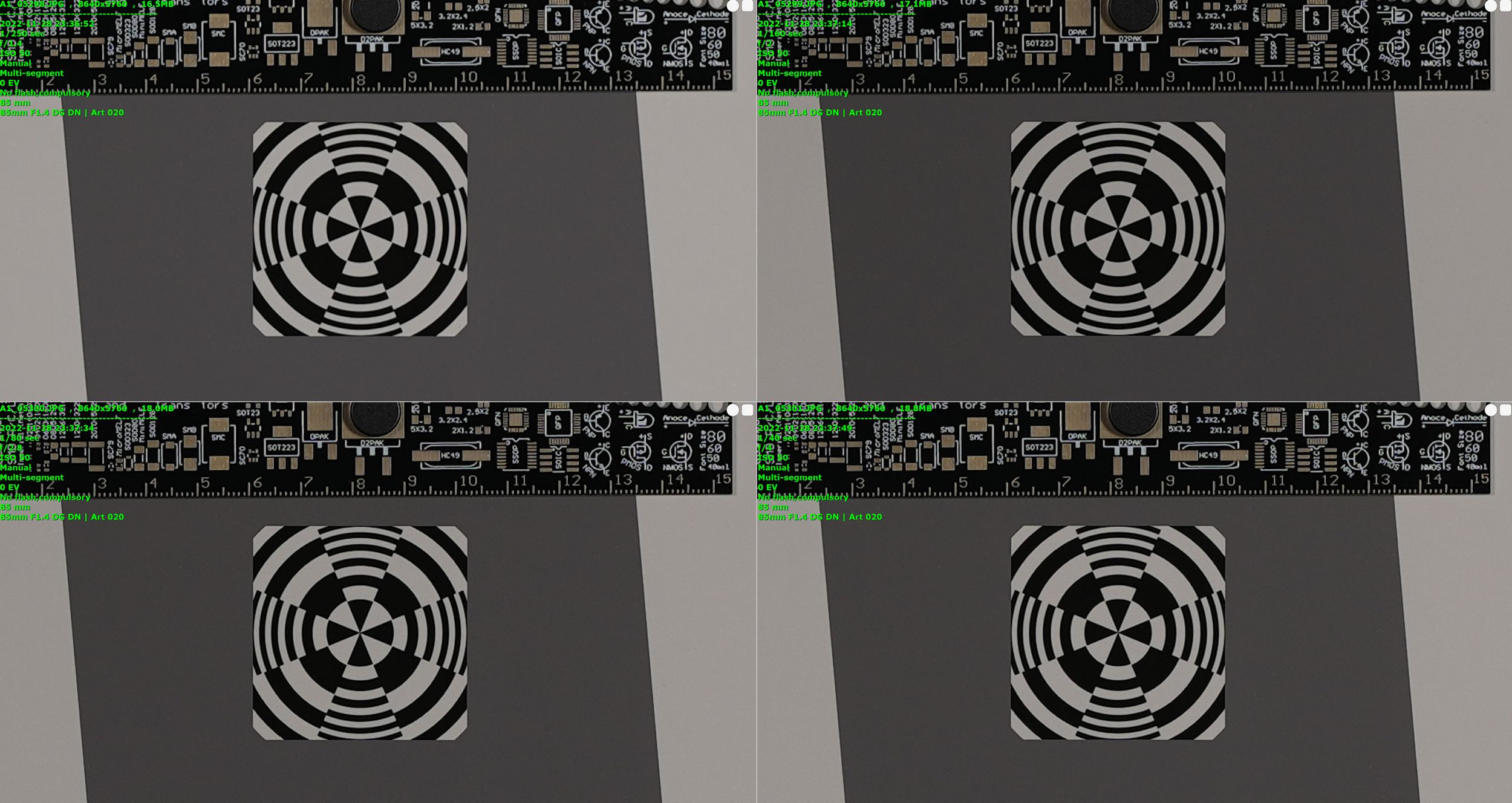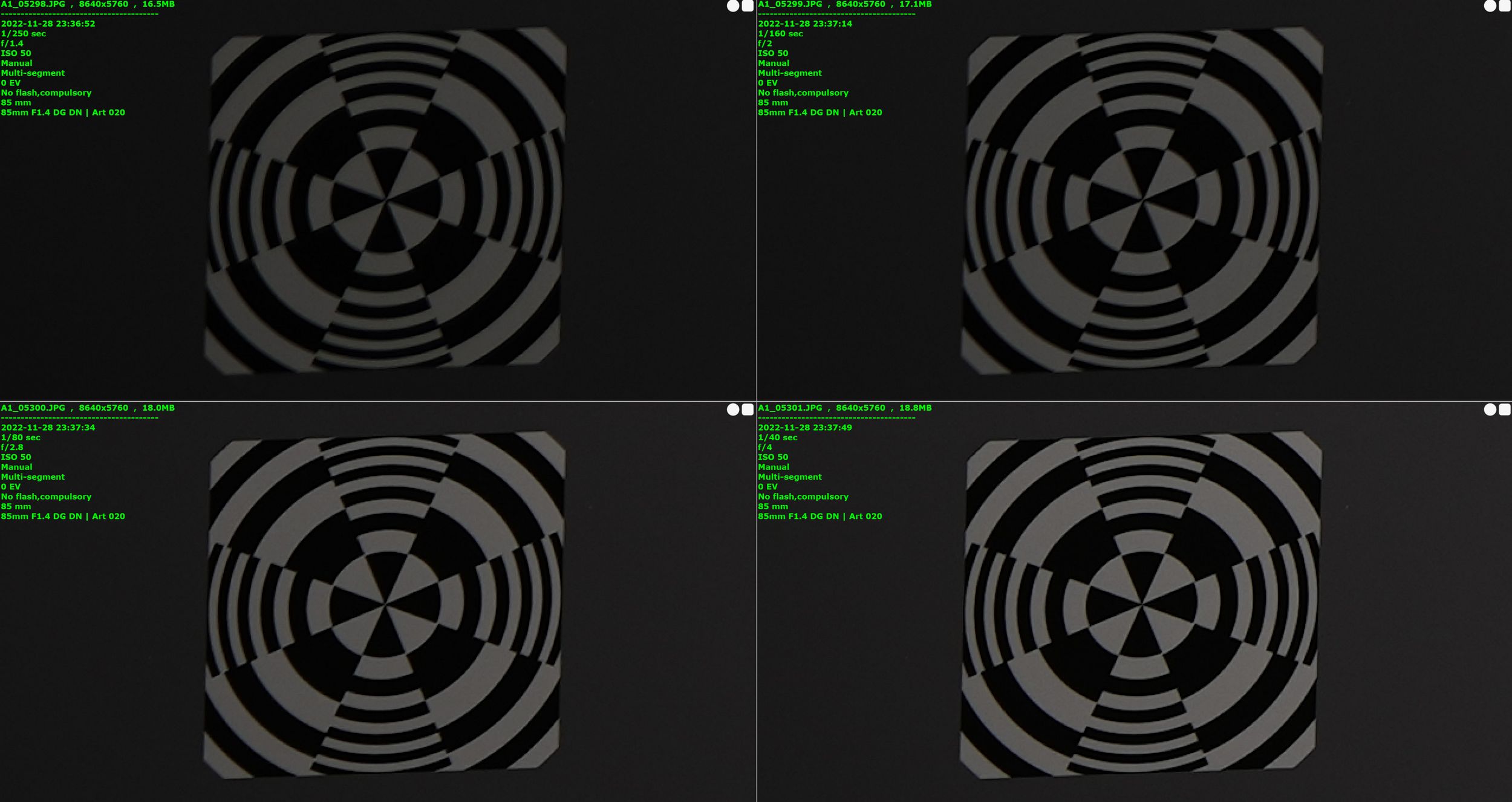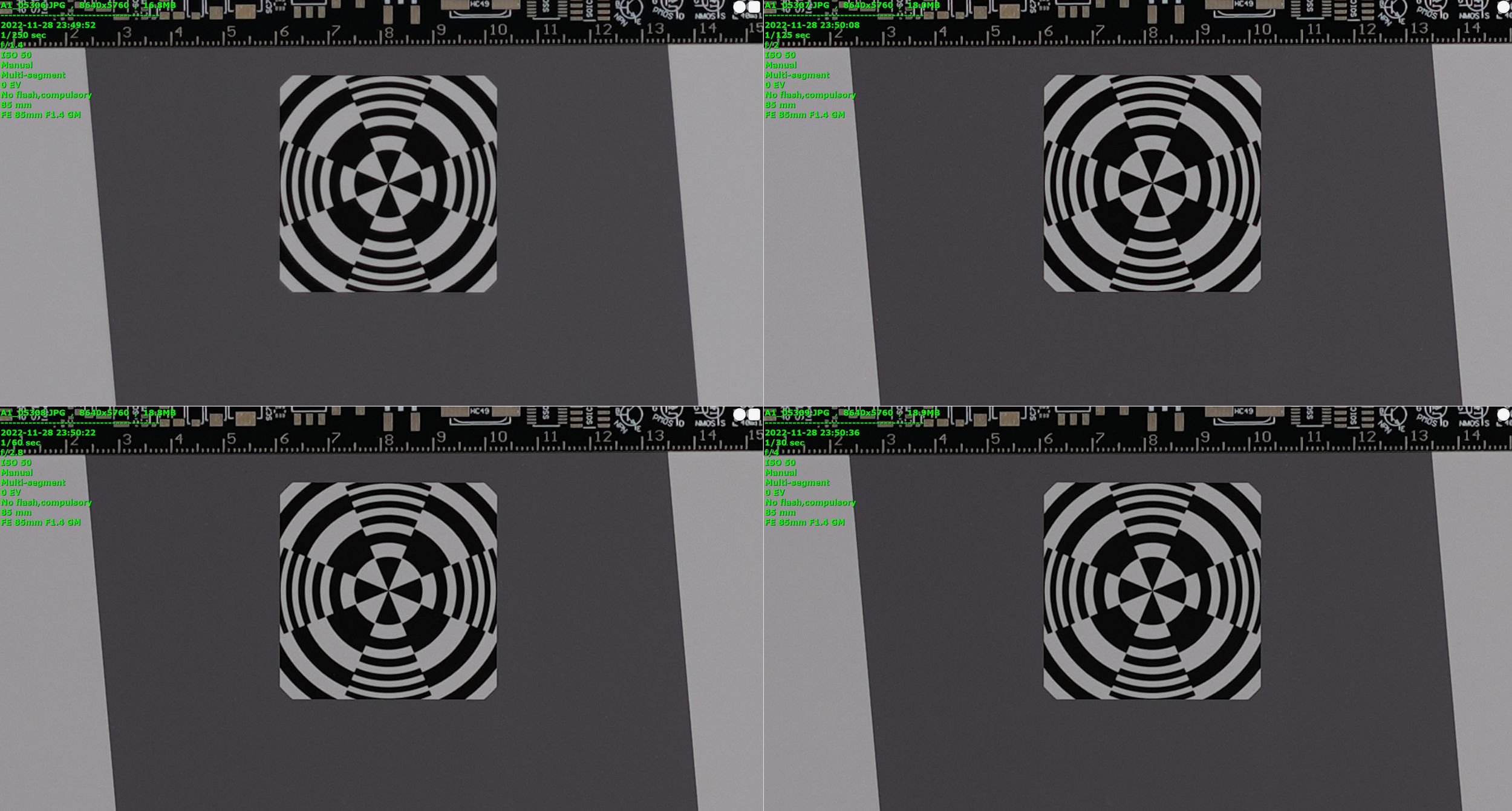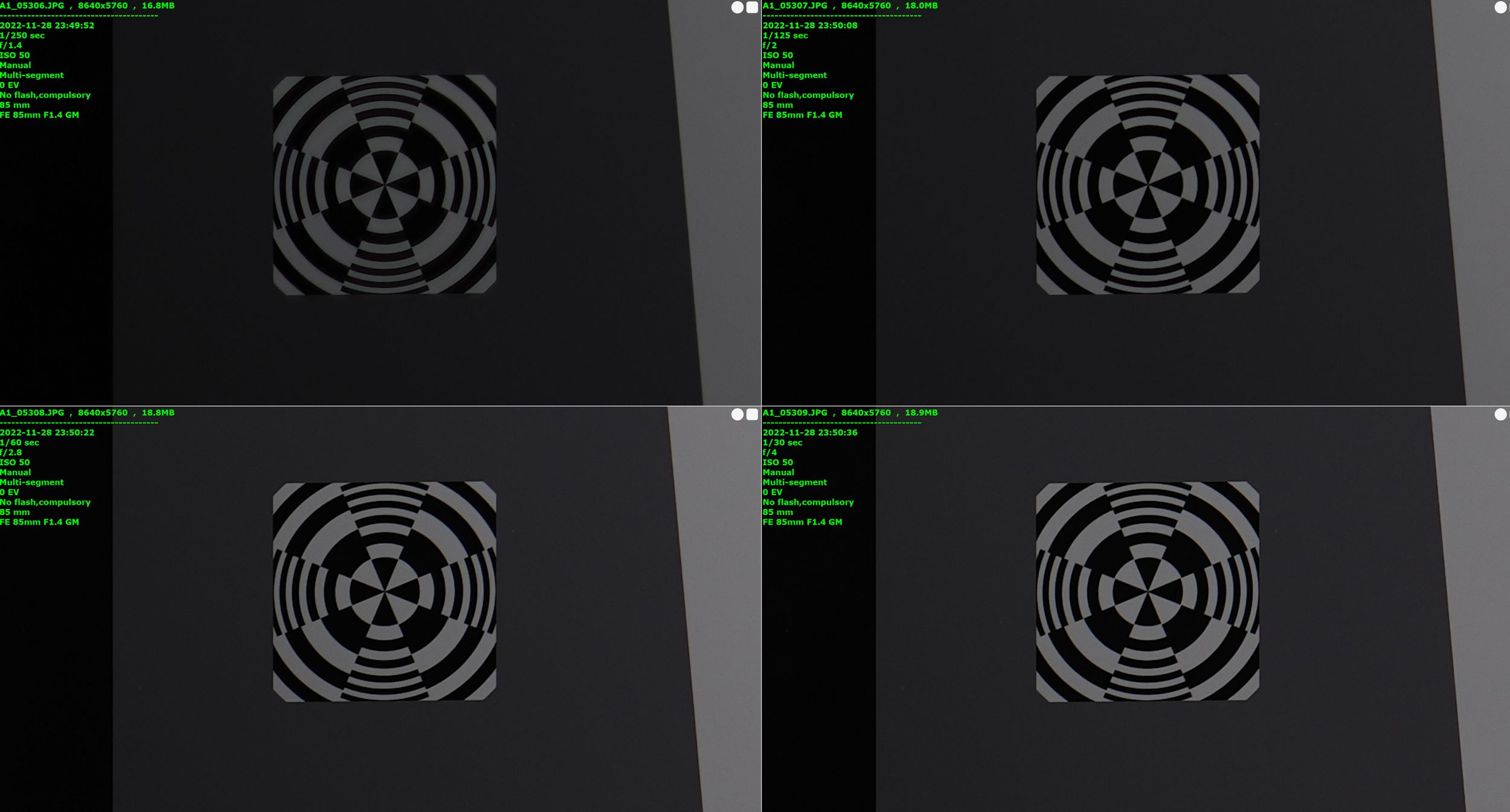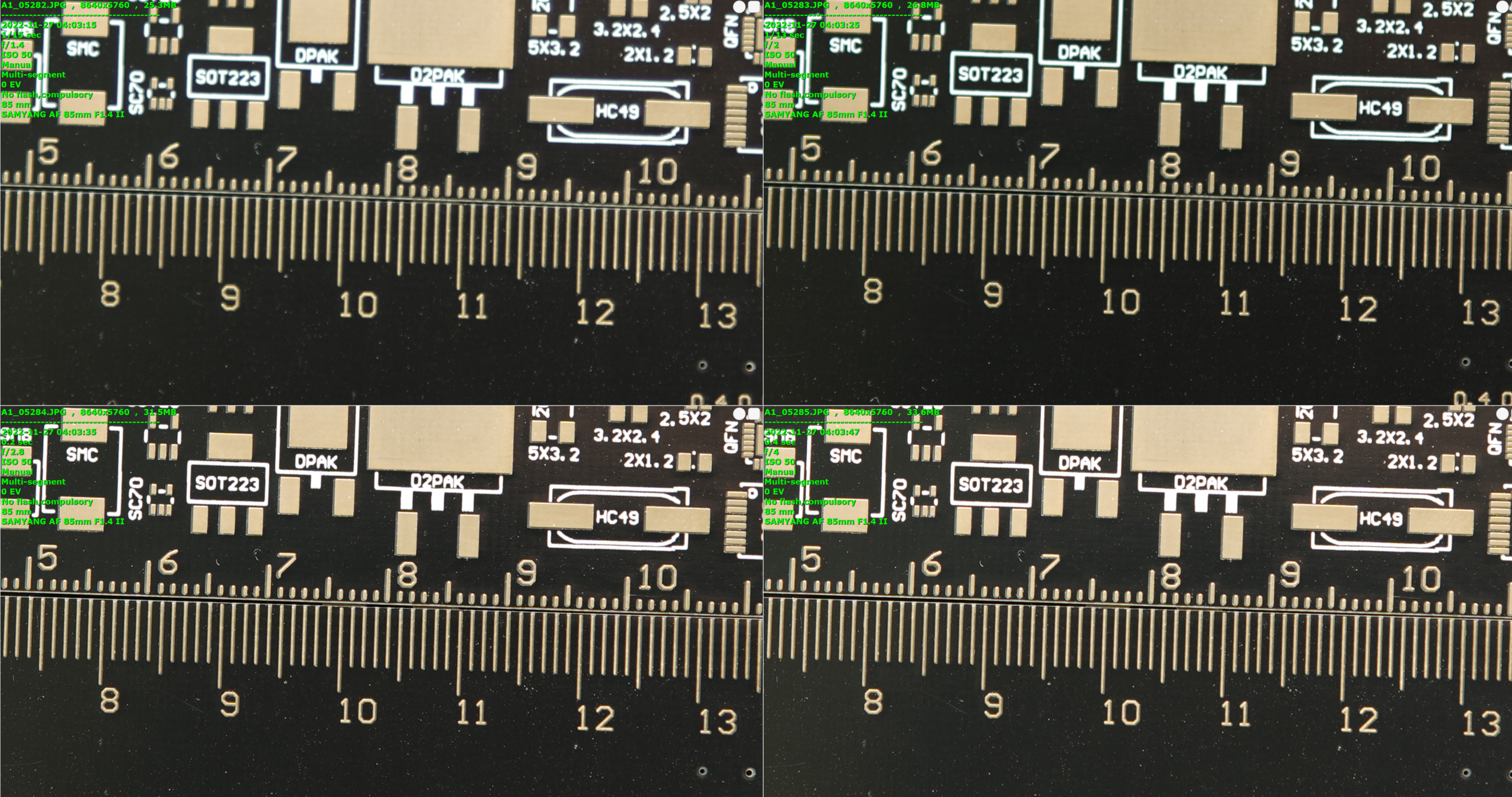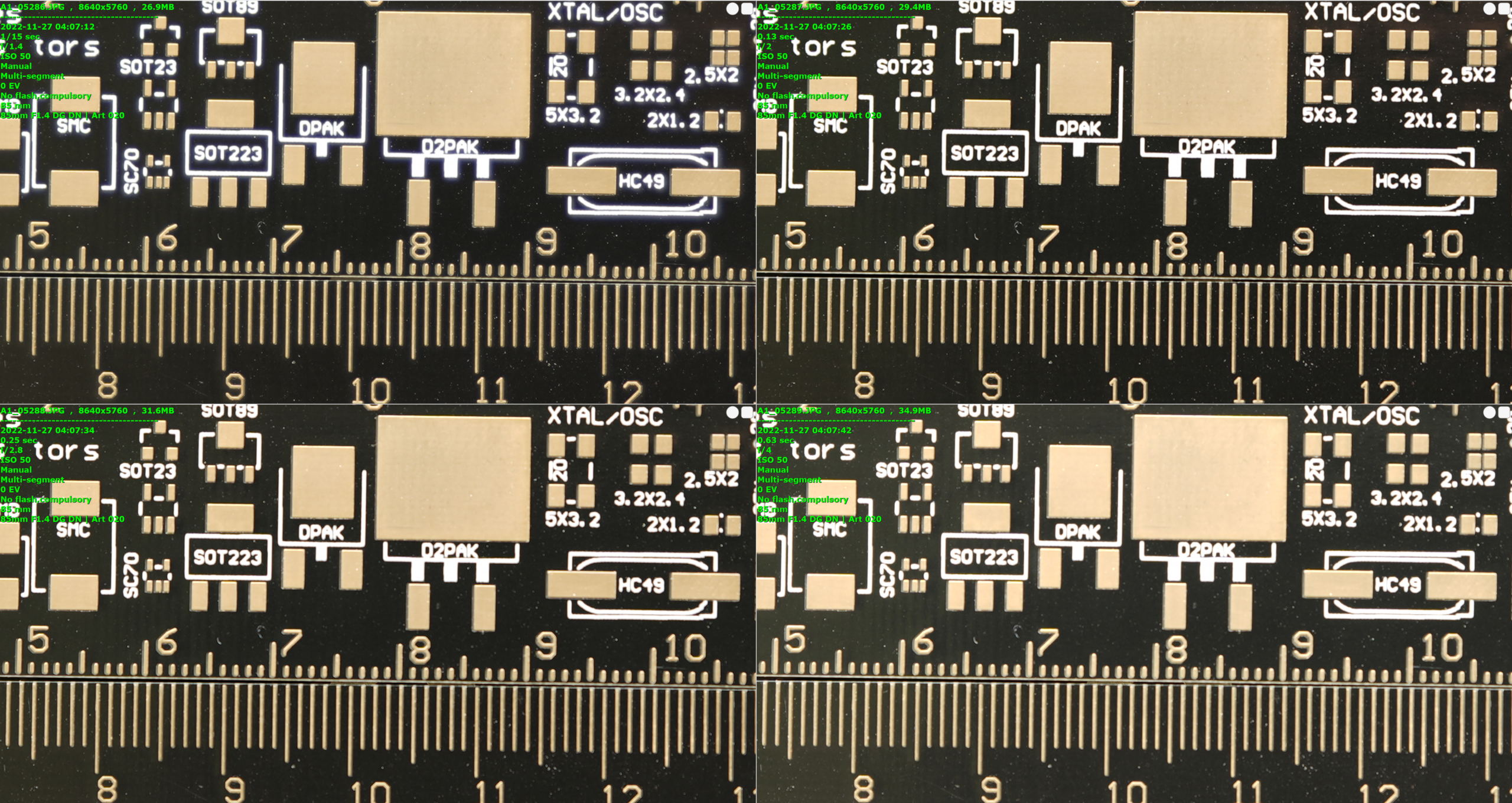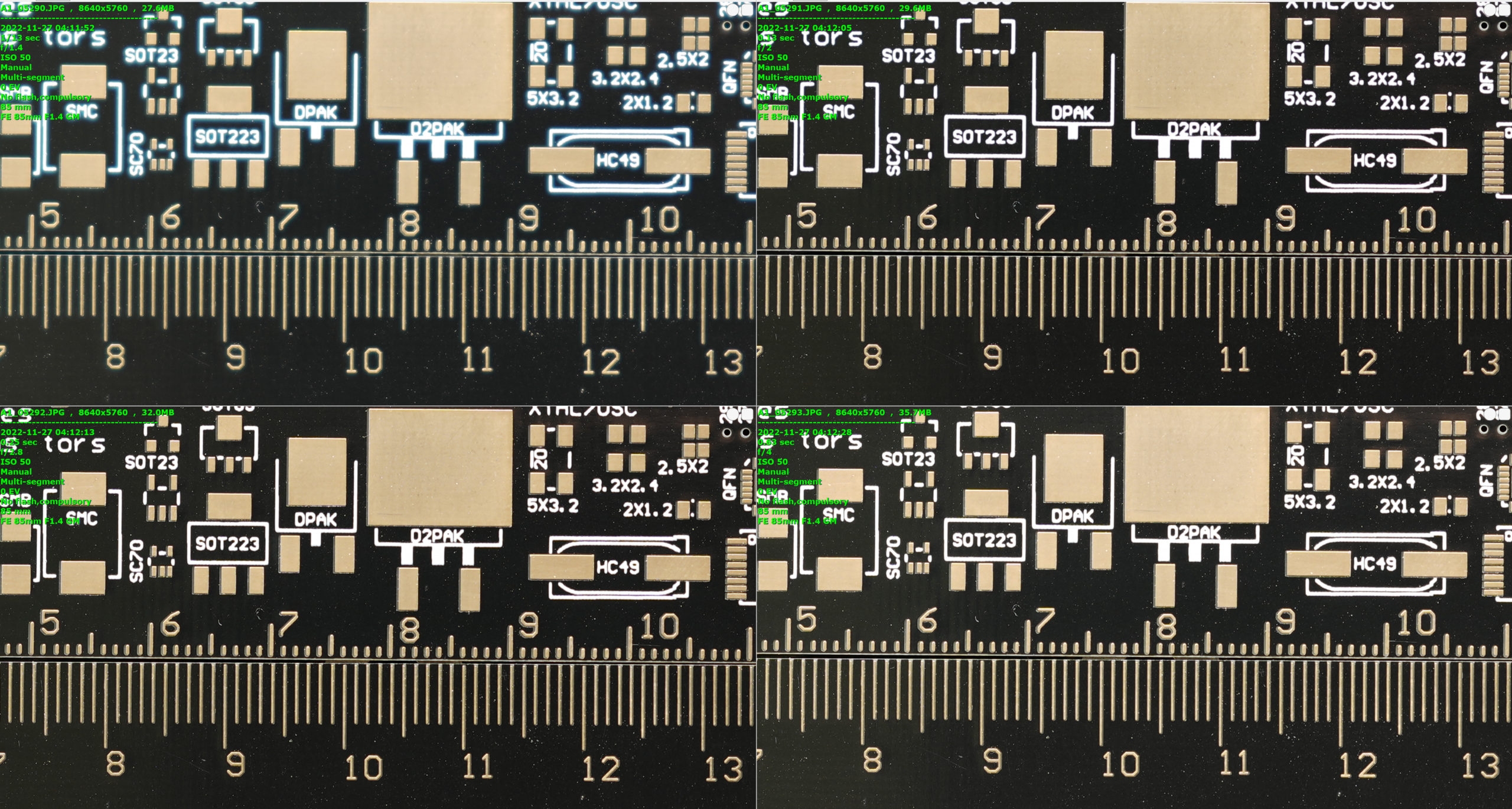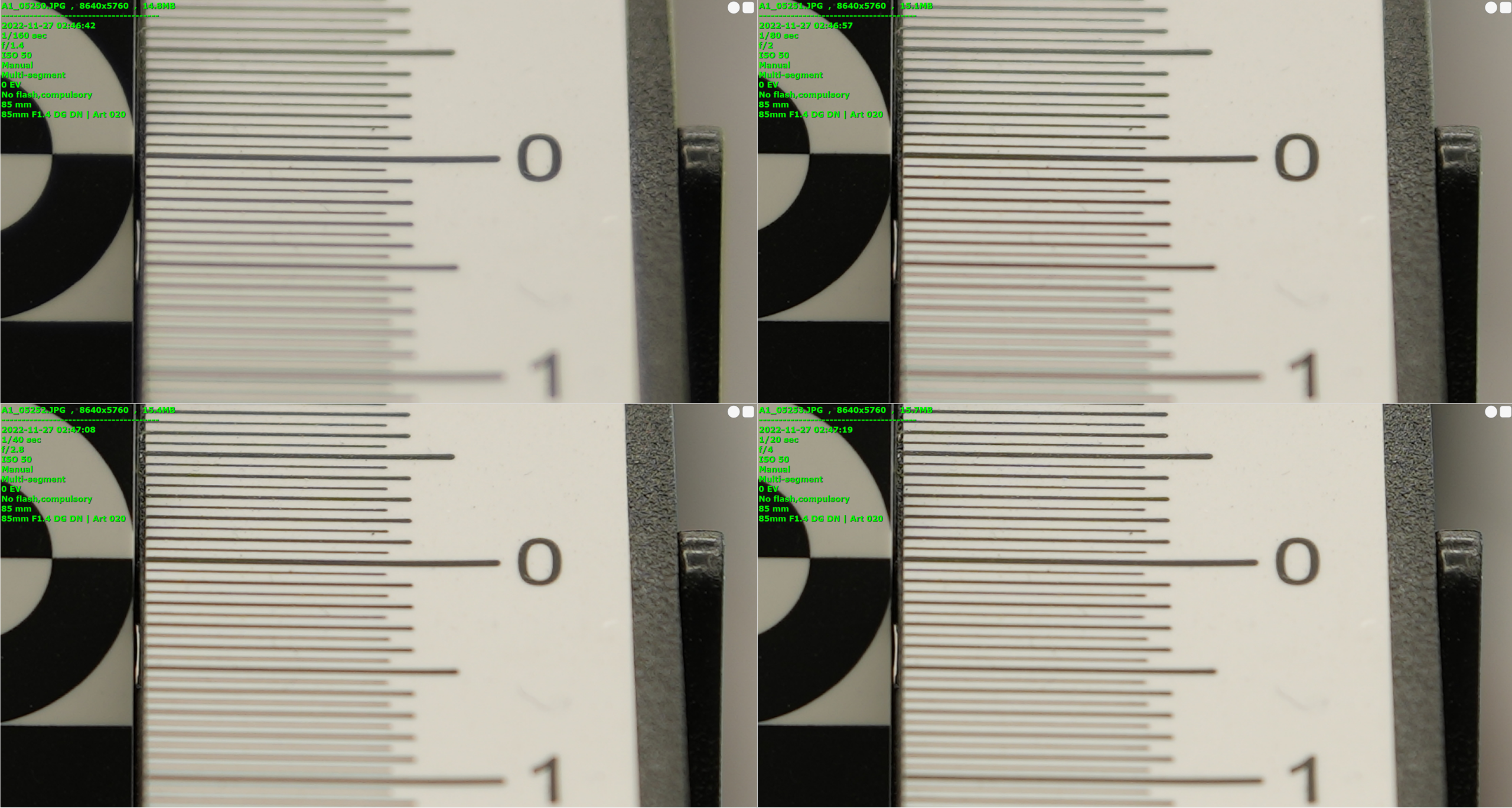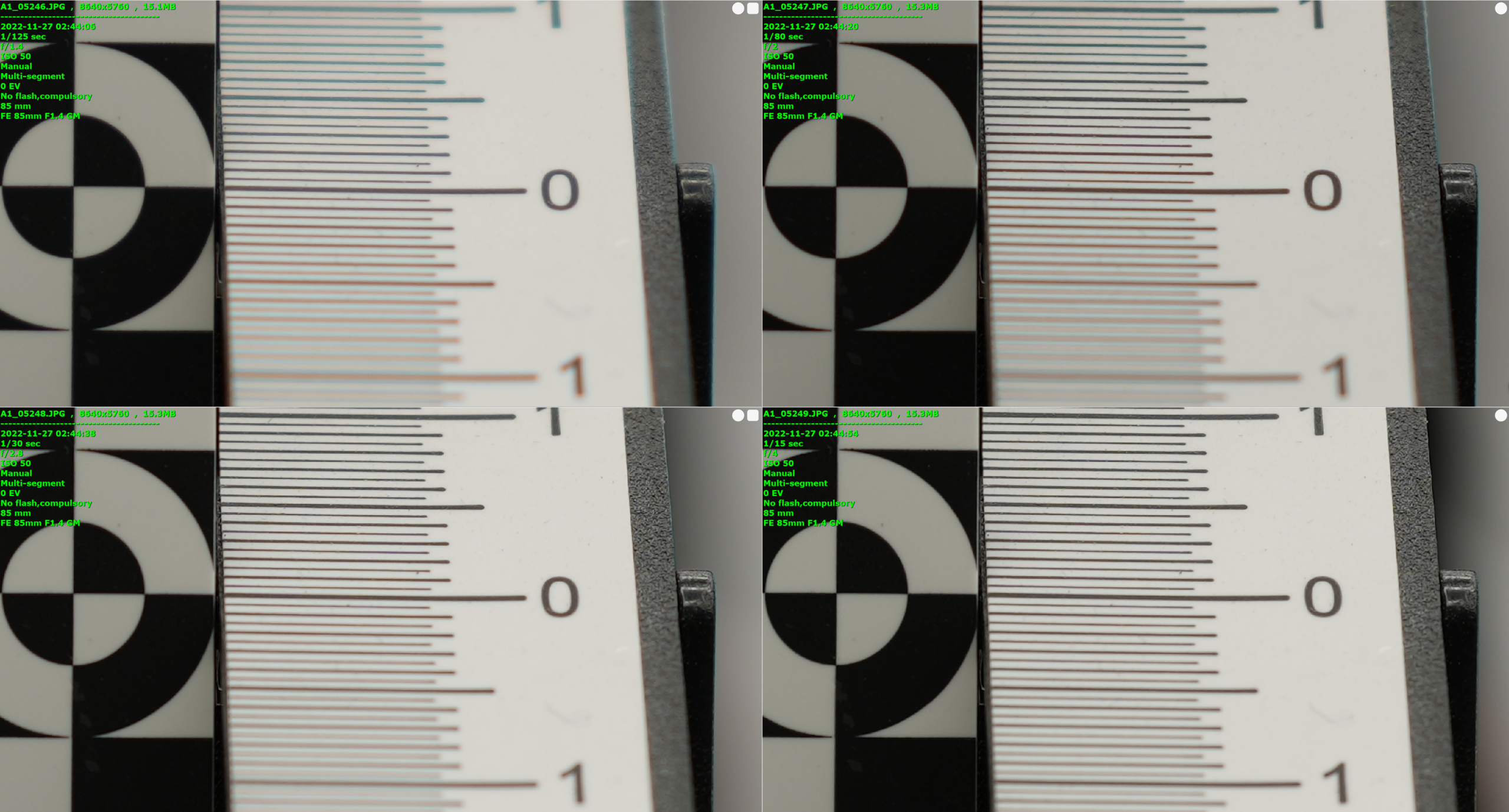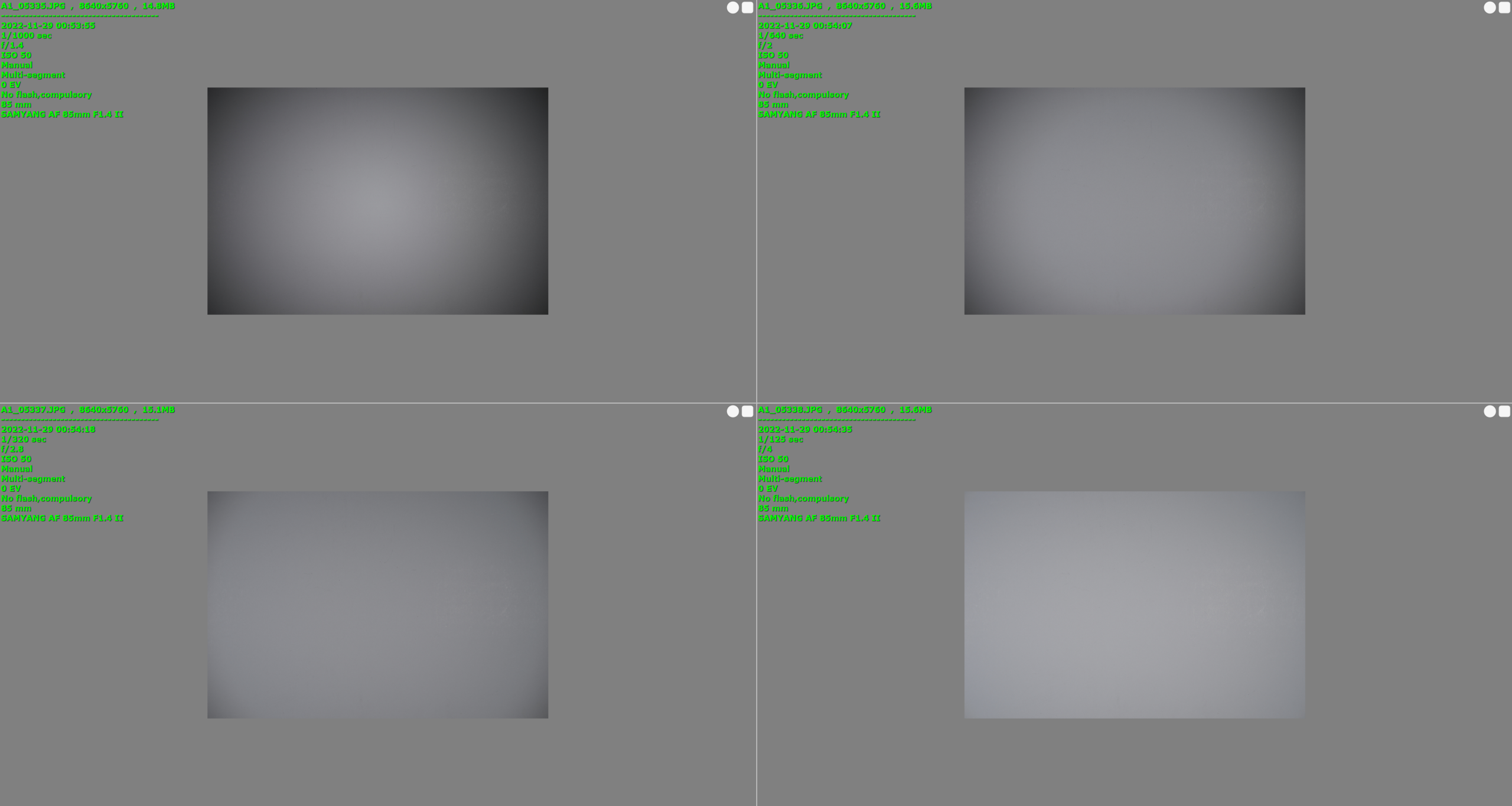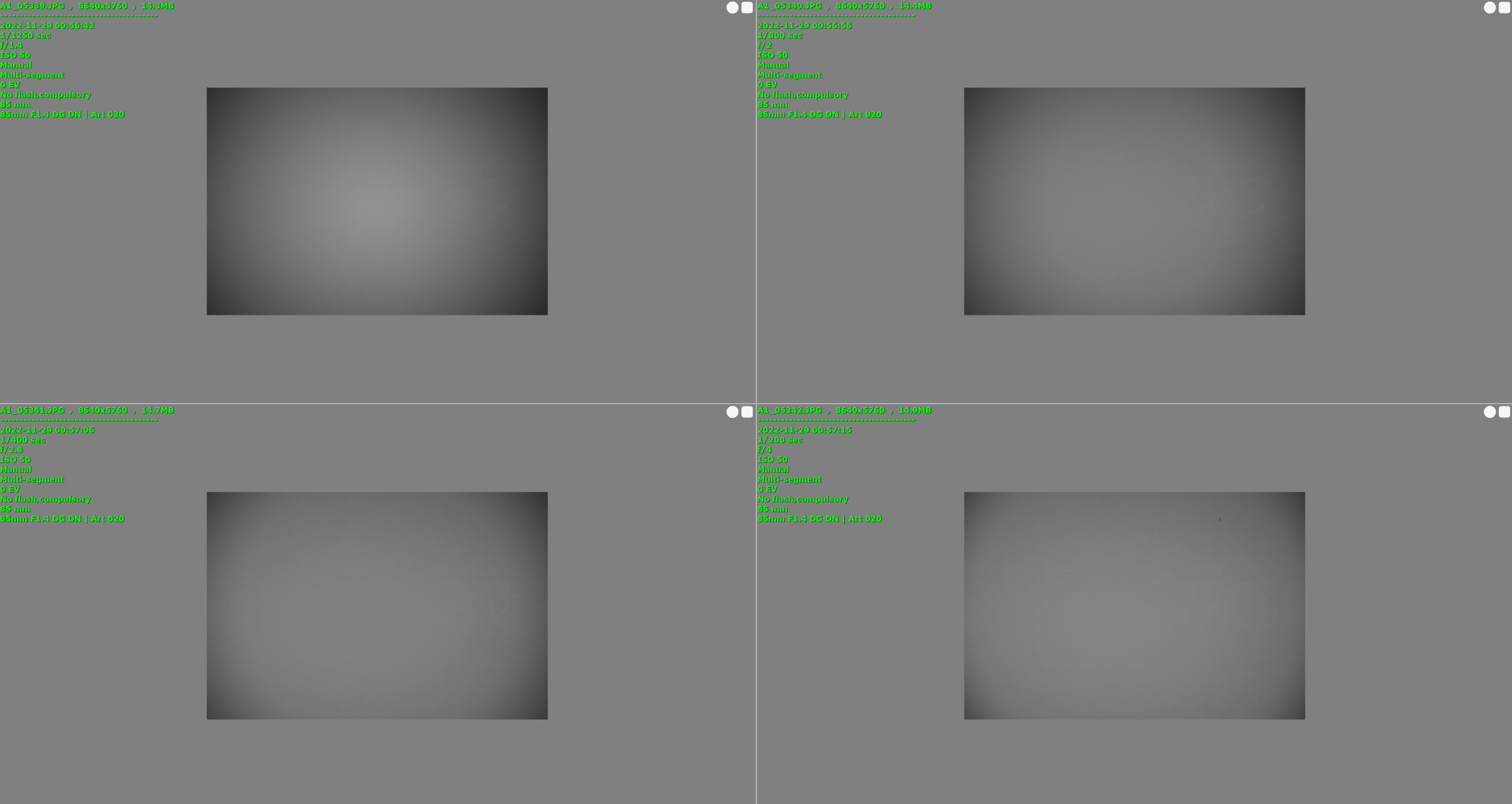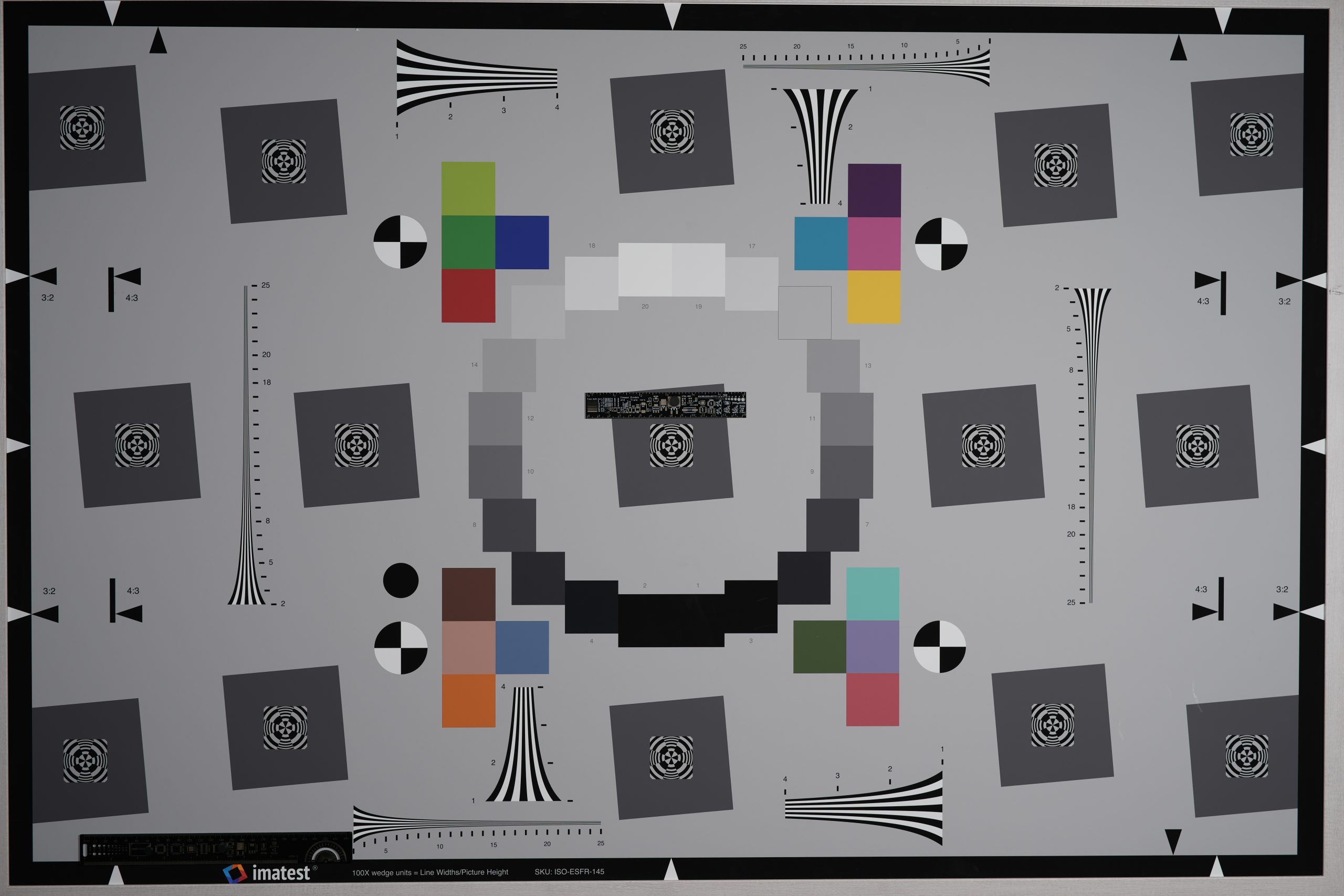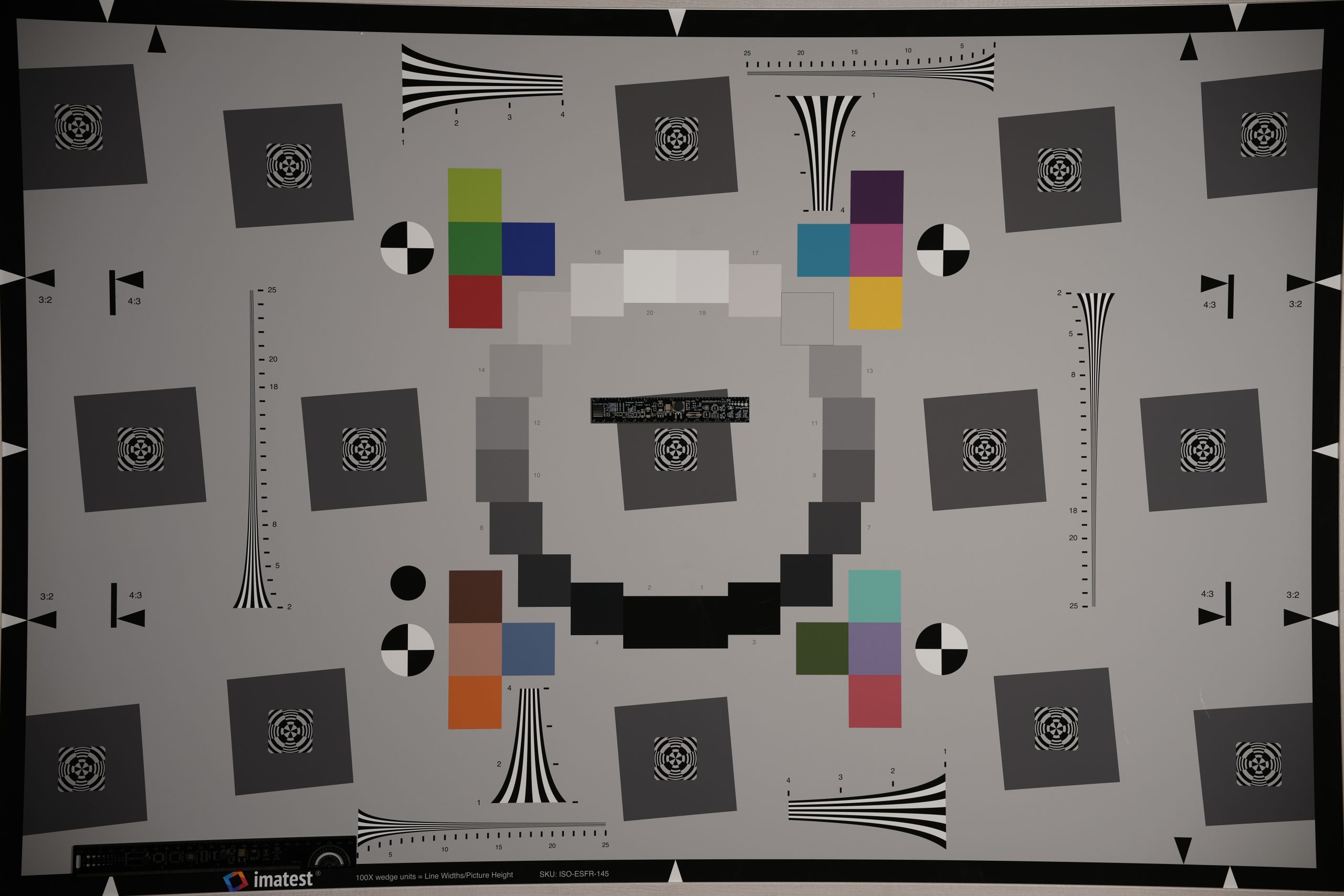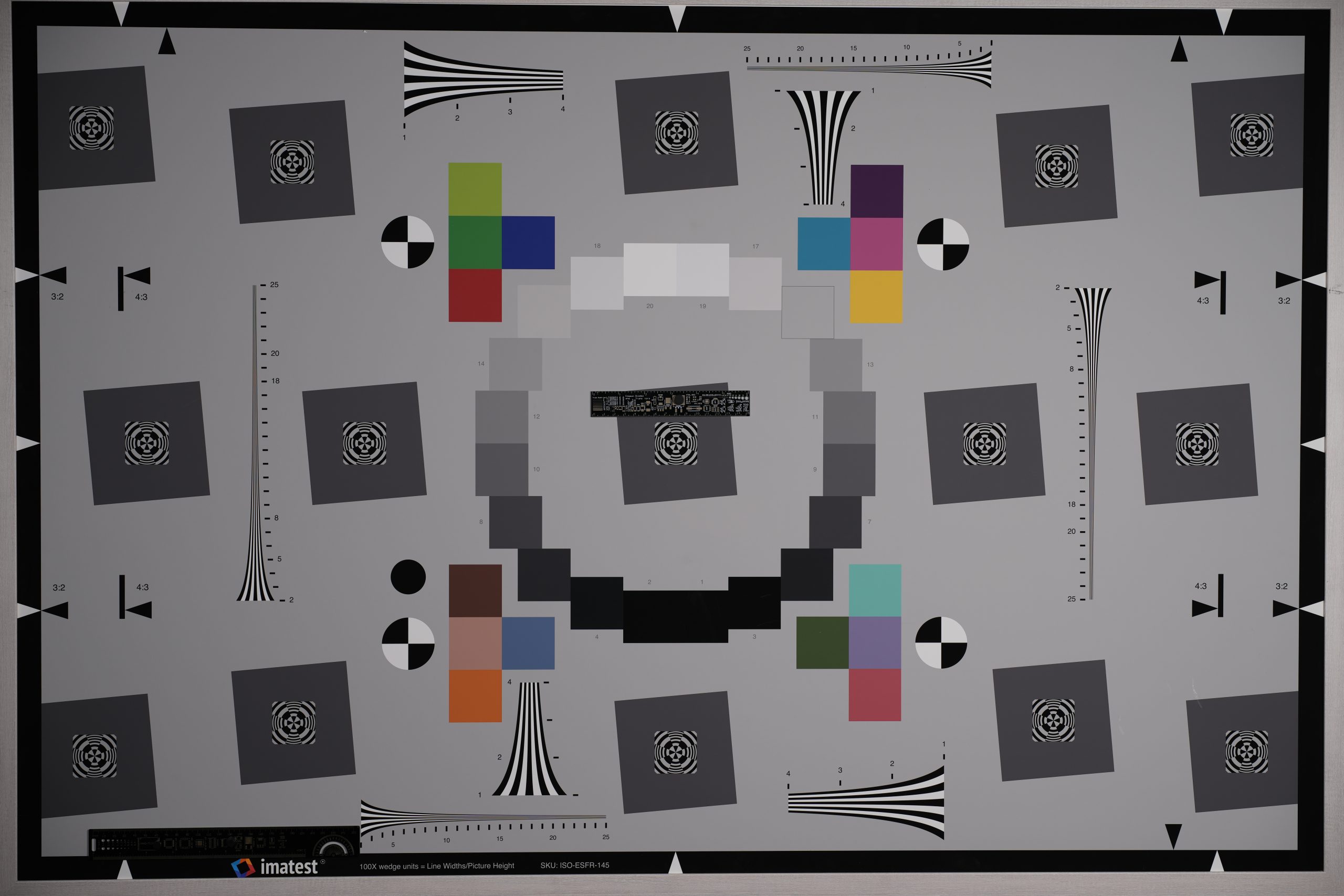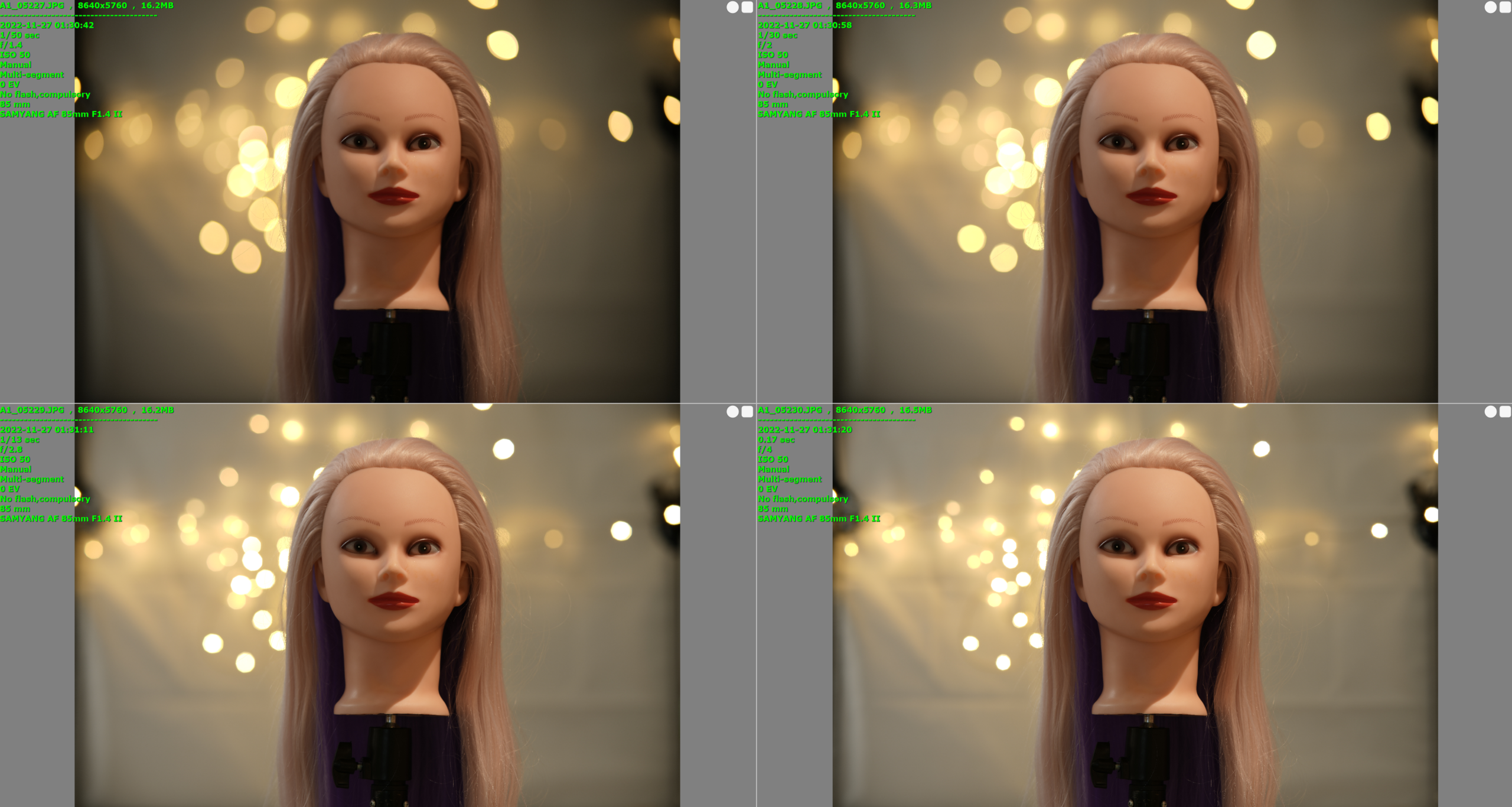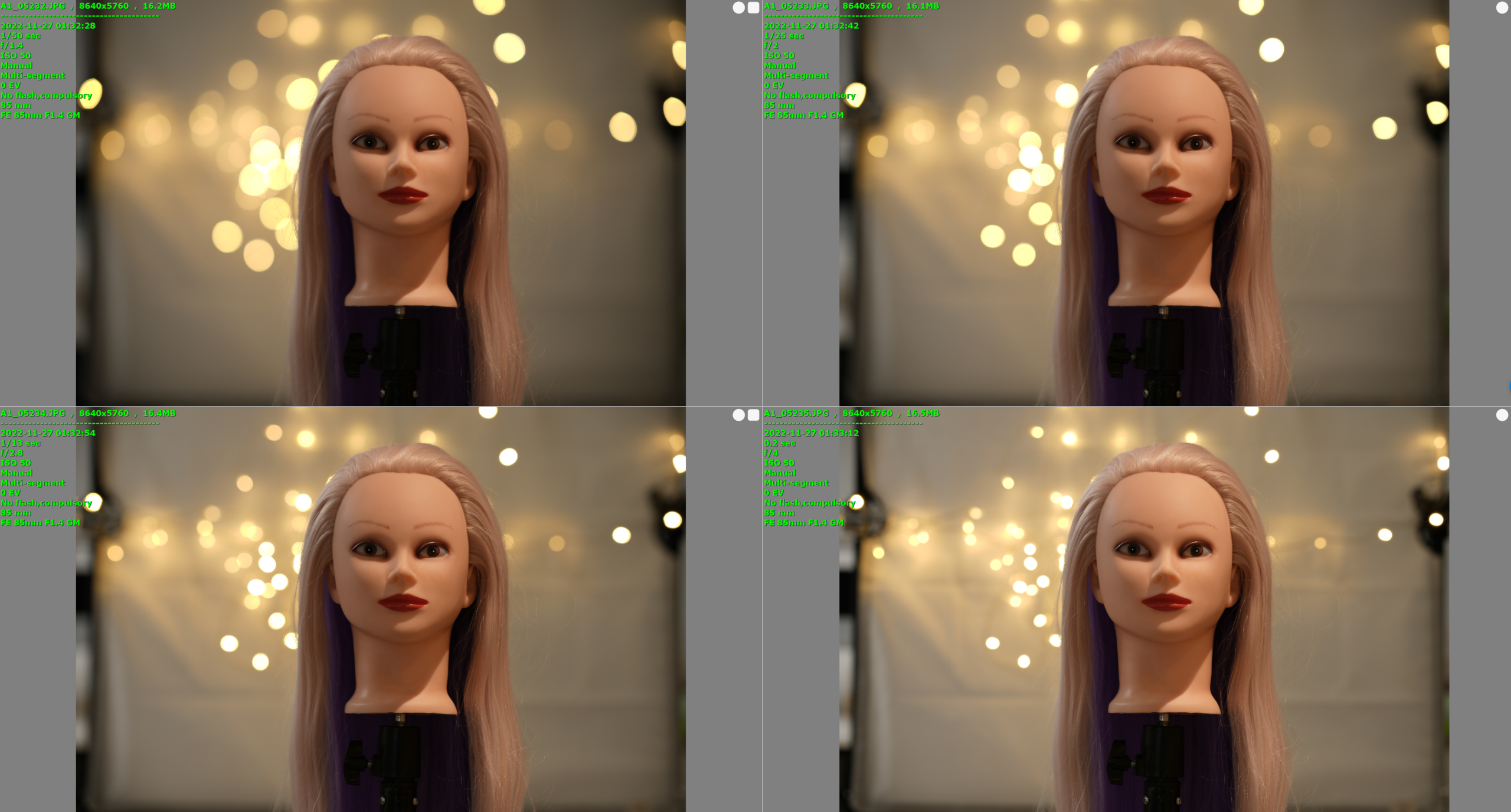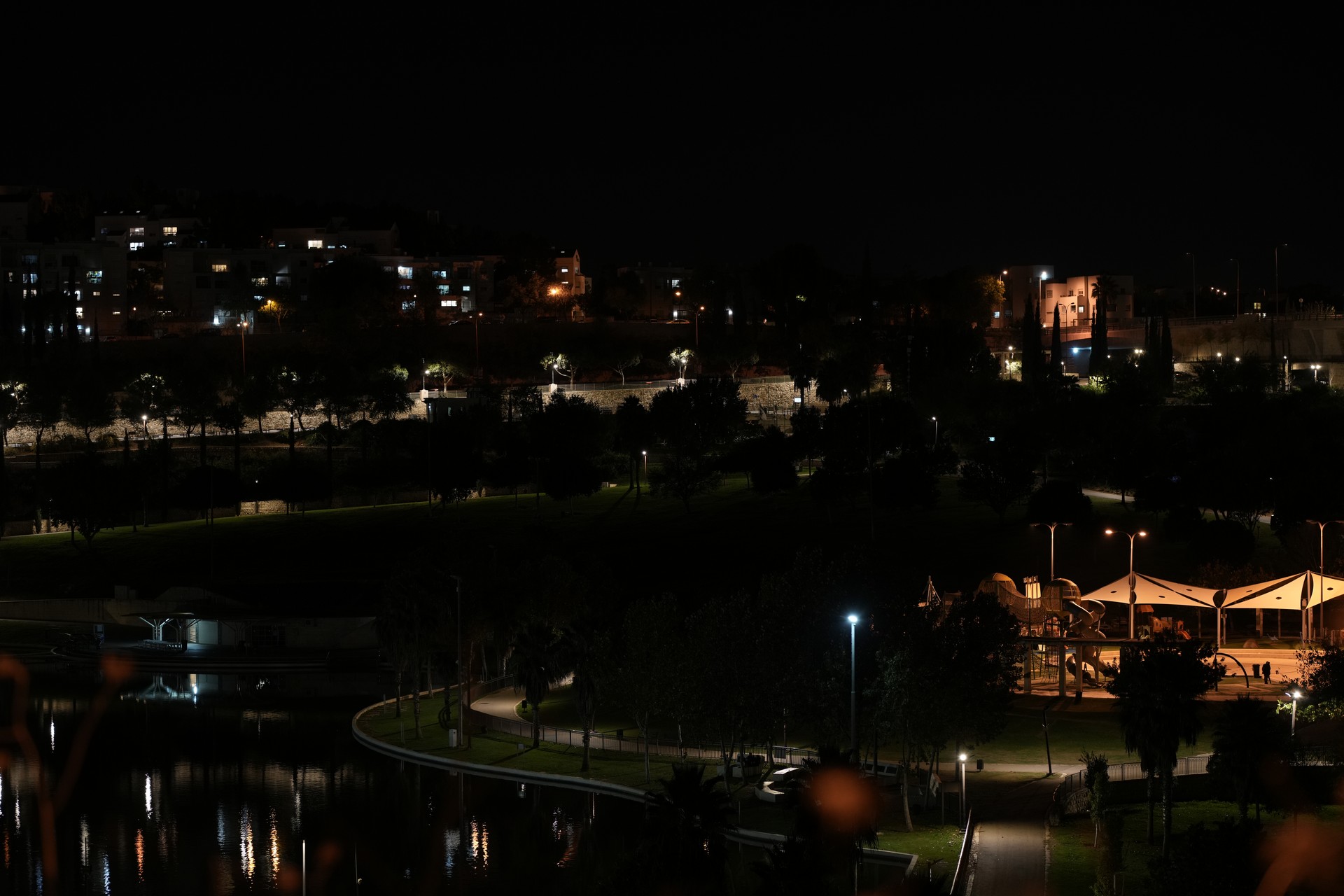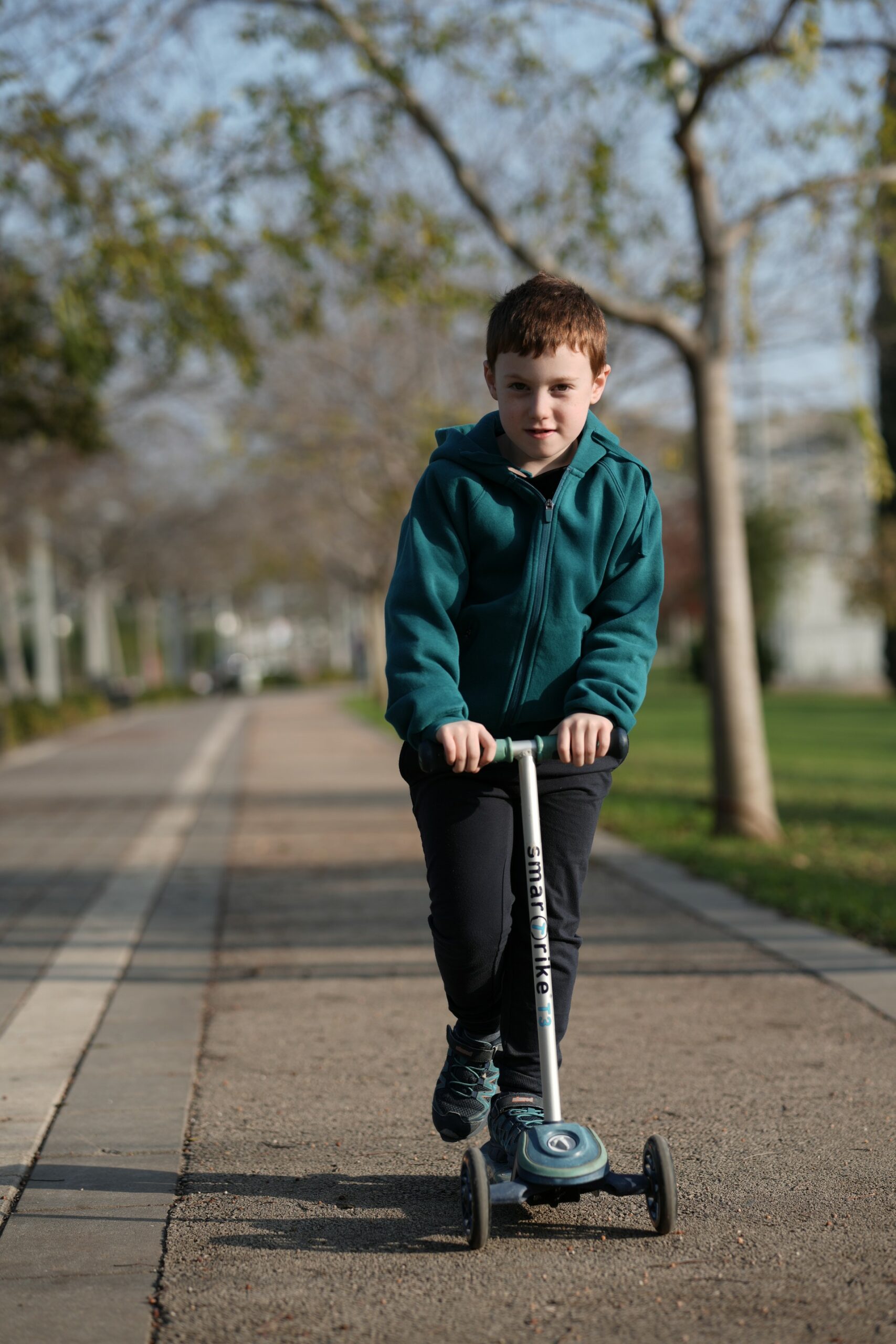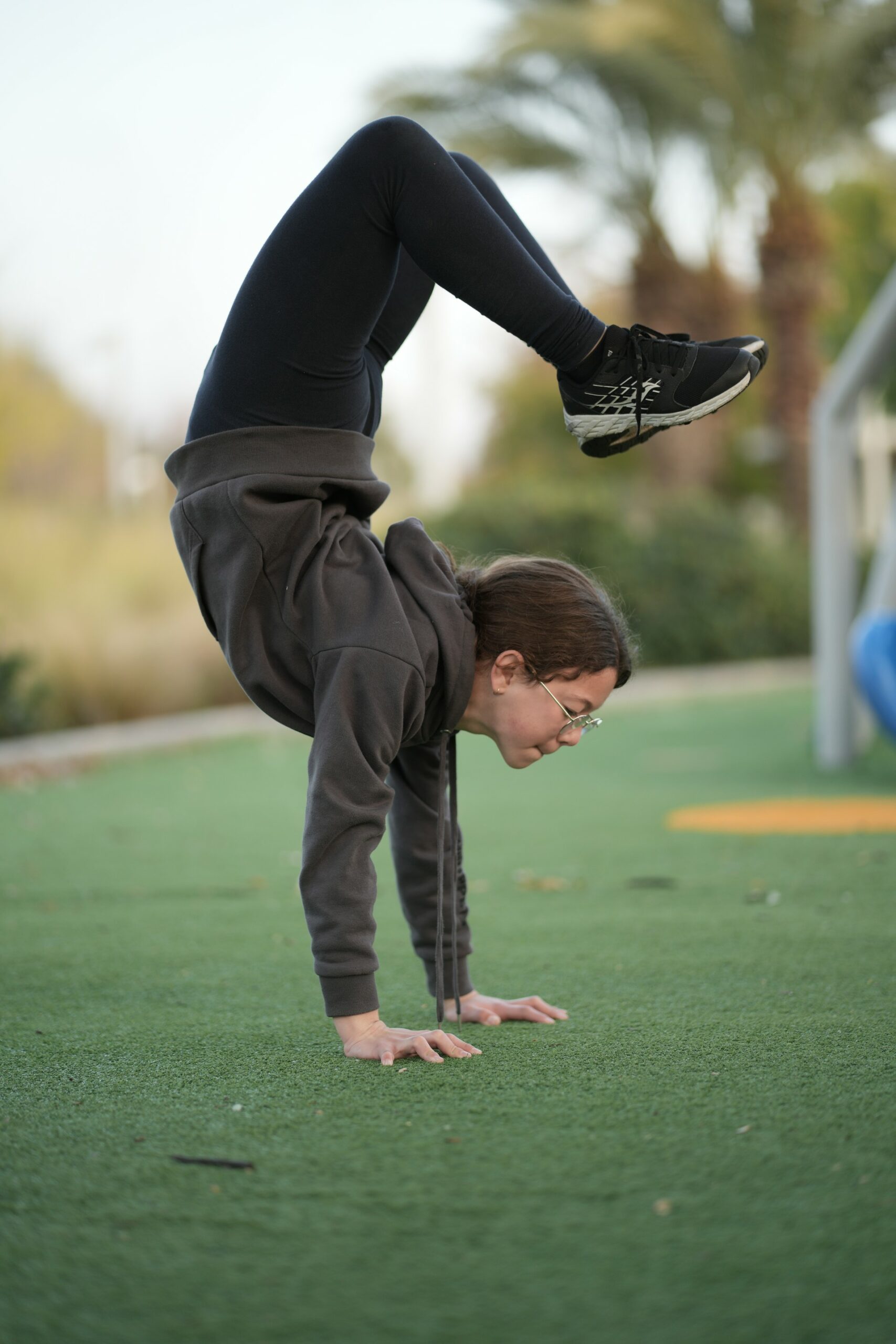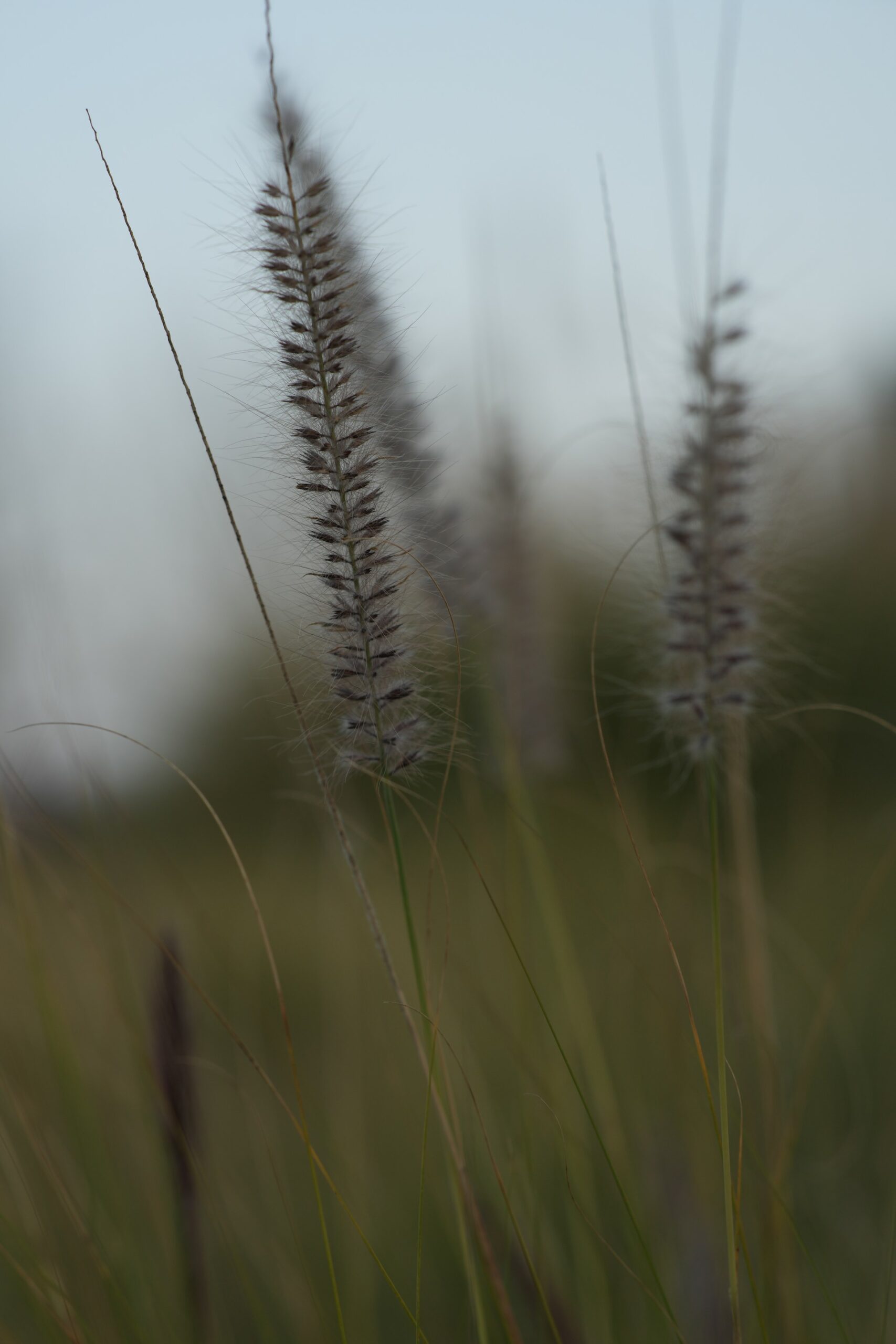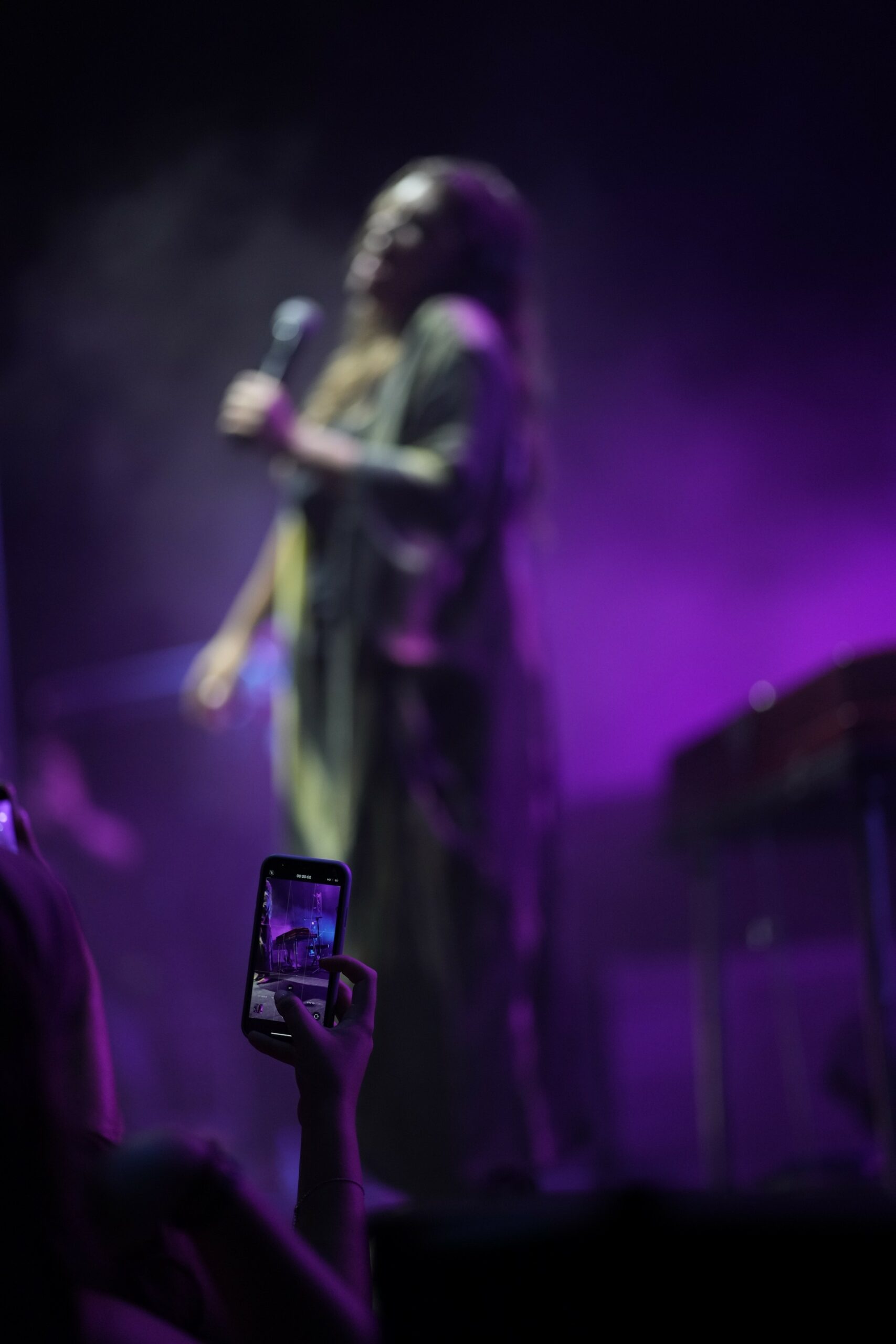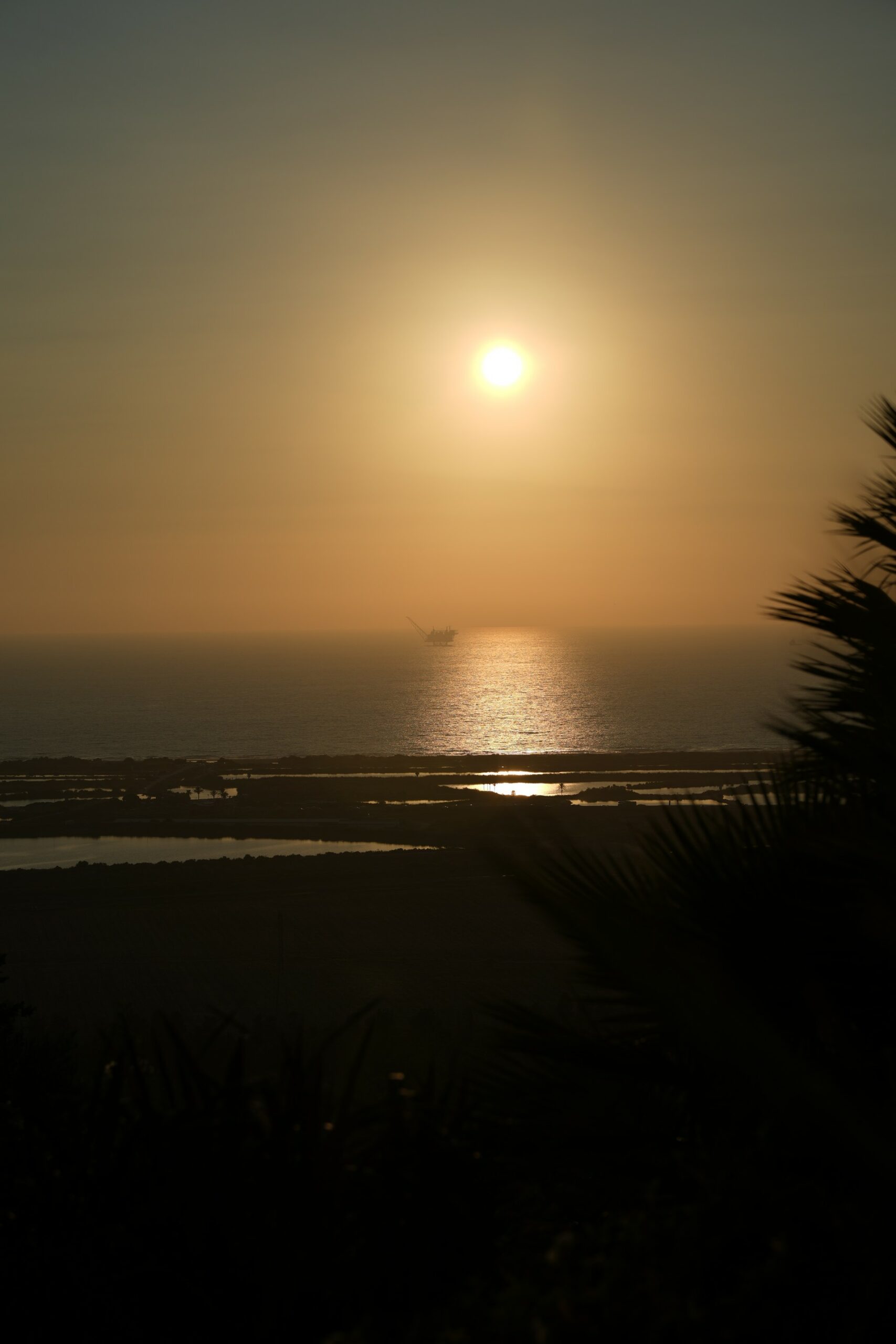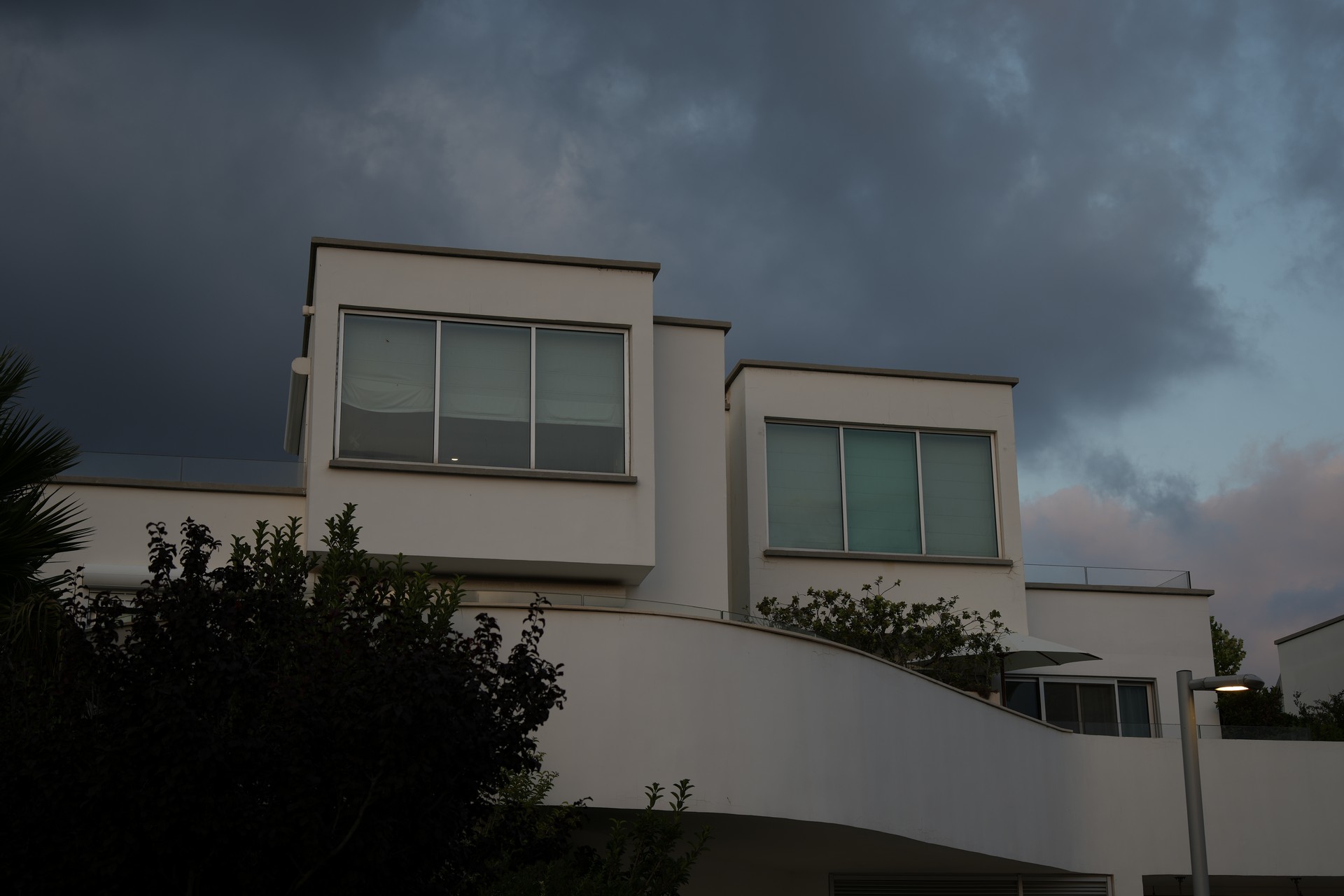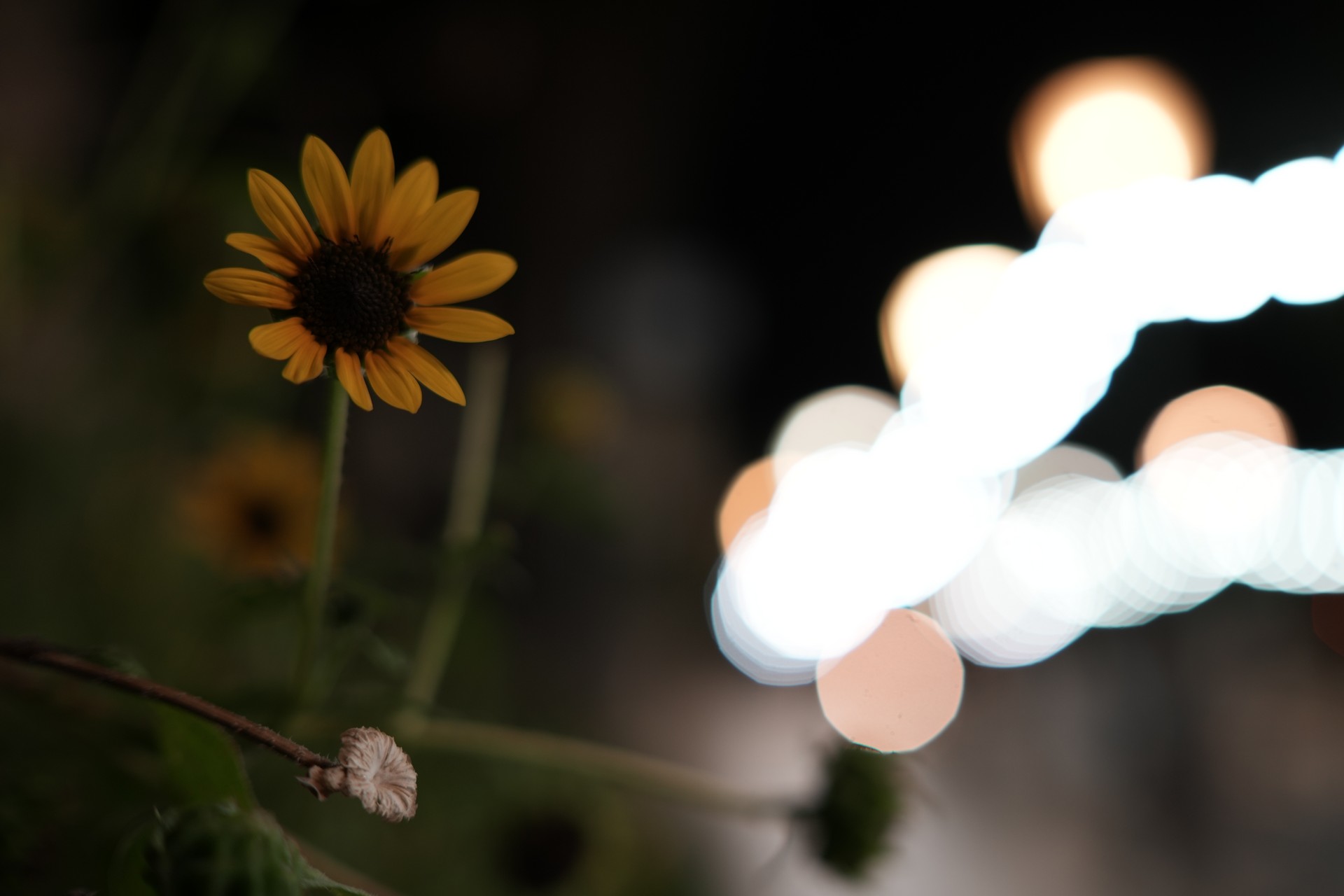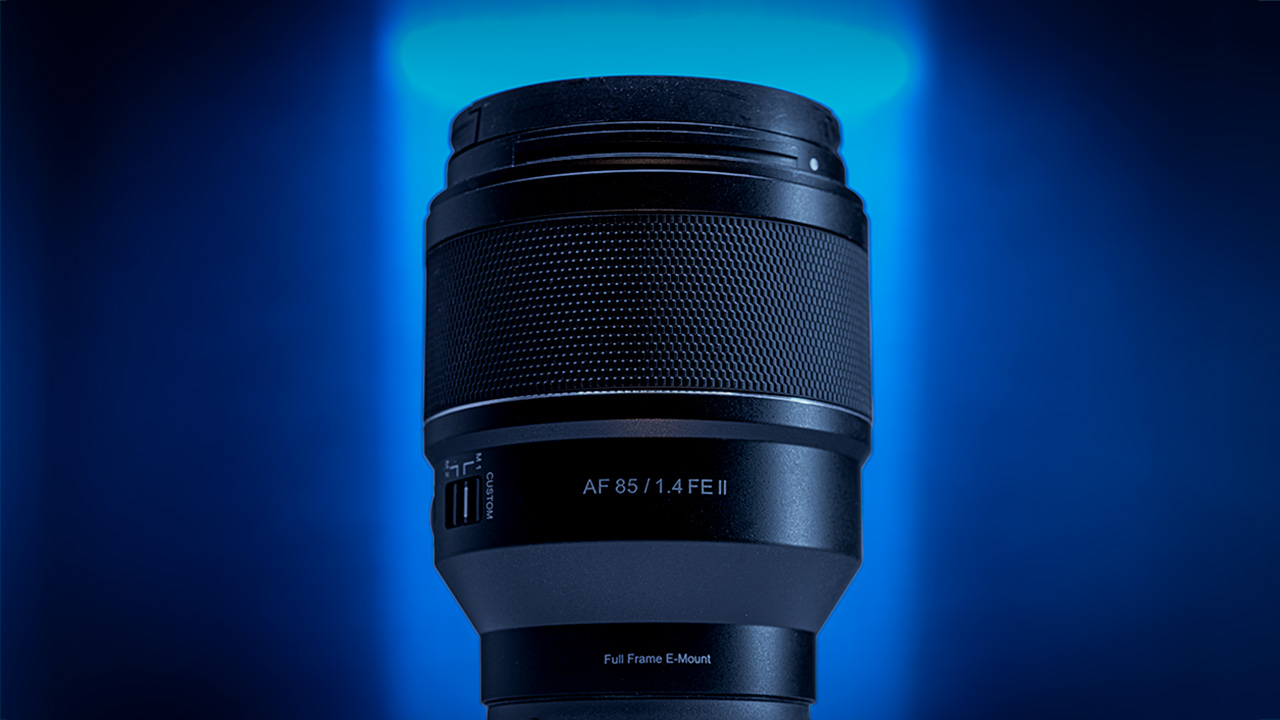Today we are taking a look at a fast portrait lens – the Samyang AF 85mm F1.4 FE II a second version of the company’s lens comparing it to both the Sigma and Sony counterparts.
Second-generation fast portrait lens
Announced in mid-2022 the Samyang second-generation full-frame 85mm f/1.4 E-mount lens is smaller and lighter than the first generation and includes several design improvements including weather sealing and new controls as well as an improved AF motor.
Samyang AF 85mm F1.4 FE II on the Sony A7R V
Optical Design
The lens includes 11 elements in 8 groups with 4 HR elements and 1 ED element.
Materials
The lens feels nice in the hand with a combination of aluminum and hard plastics and the lens feels pretty light.
Size and weight
The lens is about 11 cm long (just over 4″) and is indeed pretty lightweight at around 540 grams (around 19oz).
Rings
The lens has a single wide ring which can be used for focus or to control the lens aperture (more on this in a moment). The ring has a nice grippy texture and it turns fairly smoothly although not as smoothly as that of the Sony or Sigma lenses that we shall discuss later on.
Buttons and switches
As with most recent Samyang lenses, the new 85mm has a focus hold button (which can be set via the camera) and a custom switch with two modes. As we noted in previous Samyang reviews, these modes can be set via the Samyang docking station and software to change between manual focus and AF or aperture control (we choose the first option but we actually prefer the Sony way of doing things with a simple AF/MF switch and an actual aperture ring).
Sealing
According to Samyang, the lens has weather-sealing in no less than 7 places.
Mount
The lens currently only comes in a FF E-mount version.
Hood
With the included plastic hood, the lens is about 16cm long (6″).
Aperture
The lens includes 9 rounded blades (we will see later how this affects the bokeh of the lens).
Filter
The lens can accept 72mm filters.
Performance
Focusing
We tested the Samyang as well as the 85mm f/1.4 Sony and Sigma lenses in a series of AF tests shooting both stills and videos. Trying to shoot a fast-moving target in changing lighting conditions with our Sony A1 proved pretty challenging for all three lenses with pretty low success rates.
The Sigma faired a little better than the older Sony and the Samyang came last in this test (in focus/total images taken)
- 7/21 – Samyang
- 15/23 – Sigma
- 14/26 – Sony
We also tested the lenses in video mode. The Sony and Sigma performed well, and the Samyang performed OK although it did hunt once and this is in tune with our previous experience with the lens (we have been using it for many of the recent LensVid A-rolls and it typically performed well but hunts on occasion, something that we did not encounter with our Sigma 85mm lens).
It is also worth mentioning that out of the 3 the Sony had by far the nosiest AF motor, another sign of its age and we expect Sony to come up with a new version pretty soon.
We also tested focus throw on all three lenses. Regretfully all three lenses do not have a linear focus mechanism. Sony seems to claim that the GM has a Linear Super Sonic wave Motor. In our testing, it is much better than the Sigma and Samyang in this respect it is now 100% Linear which means that if you focus faster/slower your focus will move more/less. This might be good for stills but it’s far from ideal for video work.
It’s also worth noting that the Samyang focus ring is not quite as smooth as that of the Sony or Samyang (it’s not a huge deal in our opinion but you do feel the difference when you compare the lenses side by side).
All three lenses (Sony on the left, Samyang in the center, and Sigma on the right)
Image stabilization
All three lenses do not have image stabilization. So far only Tamron and Canon offer fast stabilized 85mm lenses.
Sharpness
We tested the sharpness of all three lenses using our special large professional Imatest high-end chart on our Sony A1.
In the center of the frame, the Samyang is fairly sharp wide open with a visible improvement between f/2 and f/2.8.
Surprisingly the corners look very good wide open although extremely dark.
Samyang AF 85mm F1.4 FE II sharpness test center – top left f/1.4, top right f/2, bottom left f/2.8, bottom right f/4
Samyang AF 85mm F1.4 FE II sharpness test corner – top left f/1.4, top right f/2, bottom left f/2.8, bottom right f/4
The Sigma might be a tad sharper in the center wide open but significantly less so in the corners.
Sigma 85mm f/1.4 DG DN Art sharpness center test – top left f/1.4, top right f/2, bottom left f/2.8, bottom right f/4
Sigma 85mm f/1.4 DG DN Art sharpness corner test – top left f/1.4, top right f/2, bottom left f/2.8, bottom right f/4
Sony 85mm f/1.4 GM sharpness center test – top left f/1.4, top right f/2, bottom left f/2.8, bottom right f/4
Sony 85mm f/1.4 GM sharpness corner test – top left f/1.4, top right f/2, bottom left f/2.8, bottom right f/4
The Sony is possibly the sharpest of the three both in the center and corners wide open although compared to the Samyang the difference is not huge.
Close up performance
While none of the three lenses is even remotely close to a macro lens the Sony has a somewhat close focusing distance of 80cm compared to 85cm for both the Sigma and Samyang.
The Sony also has a slightly better maximum magnification of 1:7.6 vs. 1:8.3 and 1:8.4 for the Samyang and Sigma respectively.
When it comes to close-up sharpness, none of the 3 lenses is a particularly sharp wide-open close up, however closing down to f/2 makes improves center sharpness significantly on all three with the Sony ranking first, the Sigma slightly behind it and the Samyang in close third position.
Samyang AF 85mm F1.4 FE II close up test – top left f/1.4, top right f/2, bottom left f/2.8, bottom right f/4
Sigma 85mm f/1.4 DG DN Art close up test – top left f/1.4, top right f/2, bottom left f/2.8, bottom right f/4
Sony 85mm f/1.4 GM close up test – top left f/1.4, top right f/2, bottom left f/2.8, bottom right f/4
Breathing
Both the Samyang and Sigma have a ton of breathing in our testing. The Sony, on the other hand, has a relatively small amount of breathing and if you are using a camera with breathing compensation like the A7R V for example, the Sony has practically zero breathing (see a test in the video above).
Chromatic aberrations
Out of the 3 lenses that we tested and with the lens compensation turned off the Sigma seems to have the least amount of longitudinal chromatic aberrations with the Sony and Samyang just slightly behind (although CA seems very minor on all 3 lenses).
Samyang AF 85mm F1.4 FE II CA test – top left f/1.4, top right f/2, bottom left f/2.8, bottom right f/4
Sigma 85mm f/1.4 DG DN Art CA test – top left f/1.4, top right f/2, bottom left f/2.8, bottom right f/4
Sony 85mm f/1.4 GM CA test – top left f/1.4, top right f/2, bottom left f/2.8, bottom right f/4
Flare
The Samyang seems to have significantly more flare compared to the Sigma and the Sony in our testing (see in our video above).
Vignette
While all three lenses have a lot of vignette wide open with lens compensation turned off on the camera. The Samyang cleans up very nicely between f/2.8 and f/4 and looks significantly cleaner compared to the Sigma and even a little better than the Sony at f/4.
Samyang AF 85mm F1.4 FE II vignette test – top left f/1.4, top right f/2, bottom left f/2.8, bottom right f/4
Sigma 85mm f/1.4 DG DN Art vignette test – top left f/1.4, top right f/2, bottom left f/2.8, bottom right f/4
Sony 85mm f/1.4 GM vignette test – top left f/1.4, top right f/2, bottom left f/2.8, bottom right f/4
Barrel distortion
In our test with lens compensation turned off, the Sigma seems to show a huge amount of pincushion distortion while the Samyang and Sony seem to display a slight unevenness on the left side of the frame.
Samyang AF 85mm F1.4 FE II
Sigma 85mm f/1.4 DG DN Art
Sony 85mm f/1.4 GM
Bokeh
The Samyang has fairly large clear bokeh, especially around f/2 but it’s far from being round even at the center of the frame.
Samyang AF 85mm F1.4 FE II bokeh test – top left f/1.4, top right f/2, bottom left f/2.8, bottom right f/4
With the Sigma you will also be getting better results with the best bokeh at around f/2 with large, clear, and fairly round circles in near the center of the frame.
Sigma 85mm f/1.4 DG DN Art bokeh test – top left f/1.4, top right f/2, bottom left f/2.8, bottom right f/4
The best is probably the Sony with large, clear, and round circles at the center around f/2.
Sony 85mm f/1.4 GM bokeh test – top left f/1.4, top right f/2, bottom left f/2.8, bottom right f/4
Sample images
We shot with the Samyang AF 85mm f/1.4 FE II over a period of several months in 2022 using our Sony A1 and more recently with our A7R V and here are a few image samples (all images are unedited, besides cropping, unless otherwise mentioned).
Conclusion
Samyang’s goal with the second version of its 85mm lens was to create a lightweight, affordable fast portrait lens with all of its latest features.
The lens certainly ticks all of these boxes and also provides good sharpness across the frame as well as low levels of CA and barrel distortion.
Compared to the Sigma 85mm and now aging Sony 85mm GM lenses it is legs behind in most other aspects but it’s also quite a bit cheaper making it a viable option for lower budgets.
Fast and sharp – Samyang AF 85mm F1.4 FE II
Pricing
Talking about pricing the Samyang AF 85mm F1.4 FE II currently sells for $750-800 (there are deals from time to time) while the Sigma 85mm f/1.4 typically sells for under $970 while the Sony’s current price tag is around $1800.
You can check out more LensVid exclusive articles and reviews on the following link.

You can support LensVid by shopping with our affiliate partners
Affiliates: Amazon, B&H, Adorama and E-bay.
Why should you trust us?